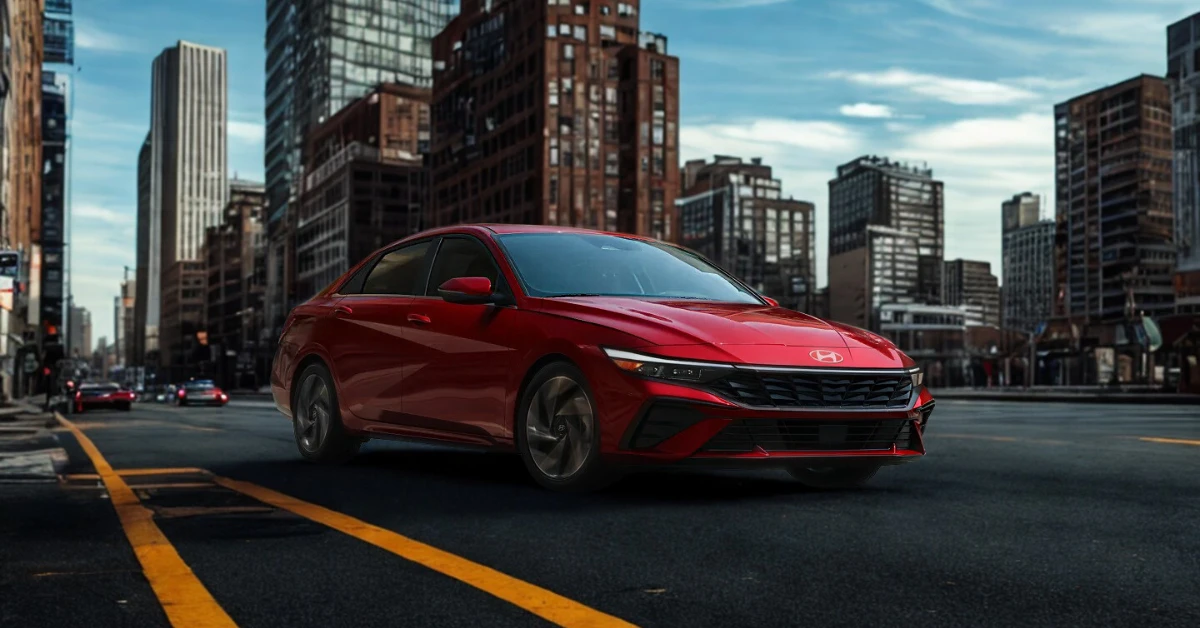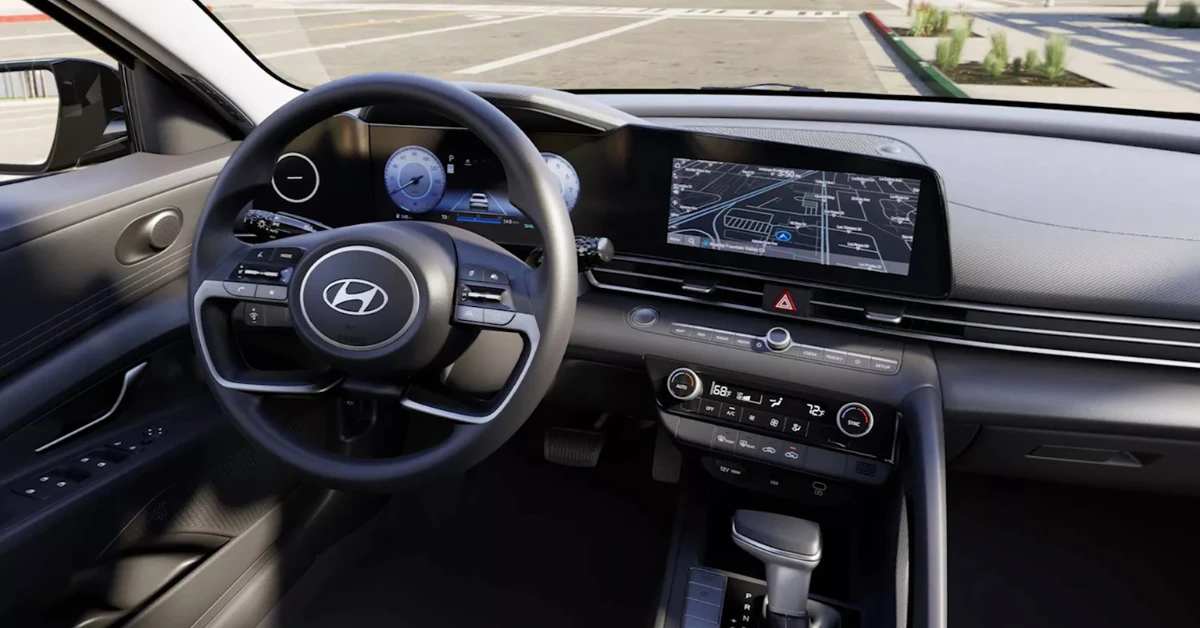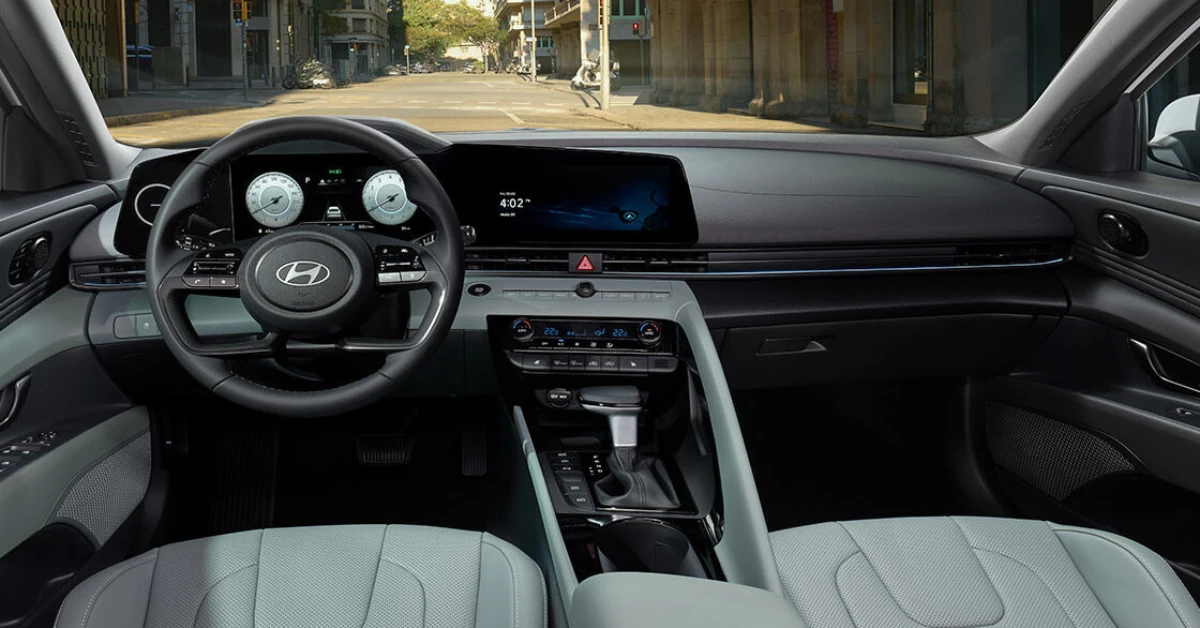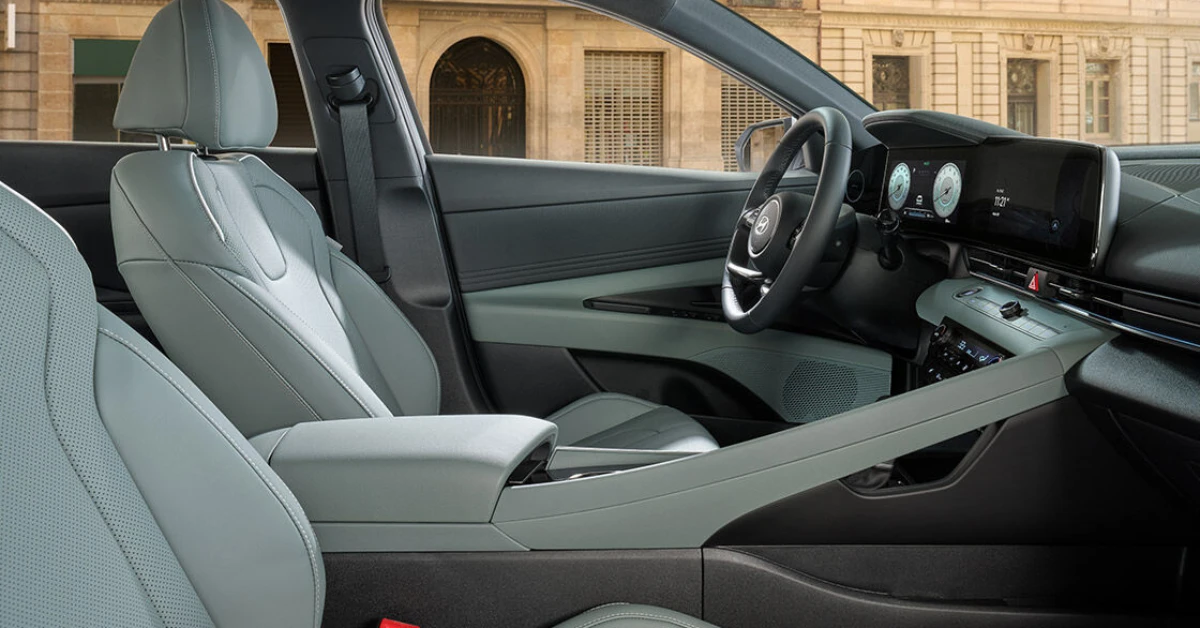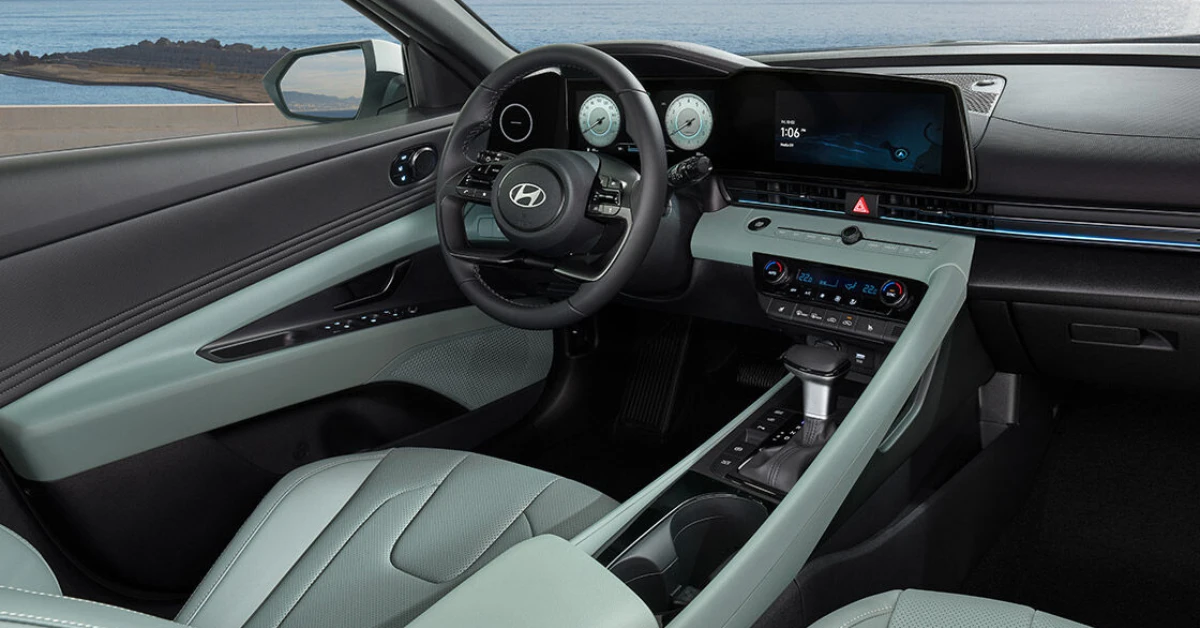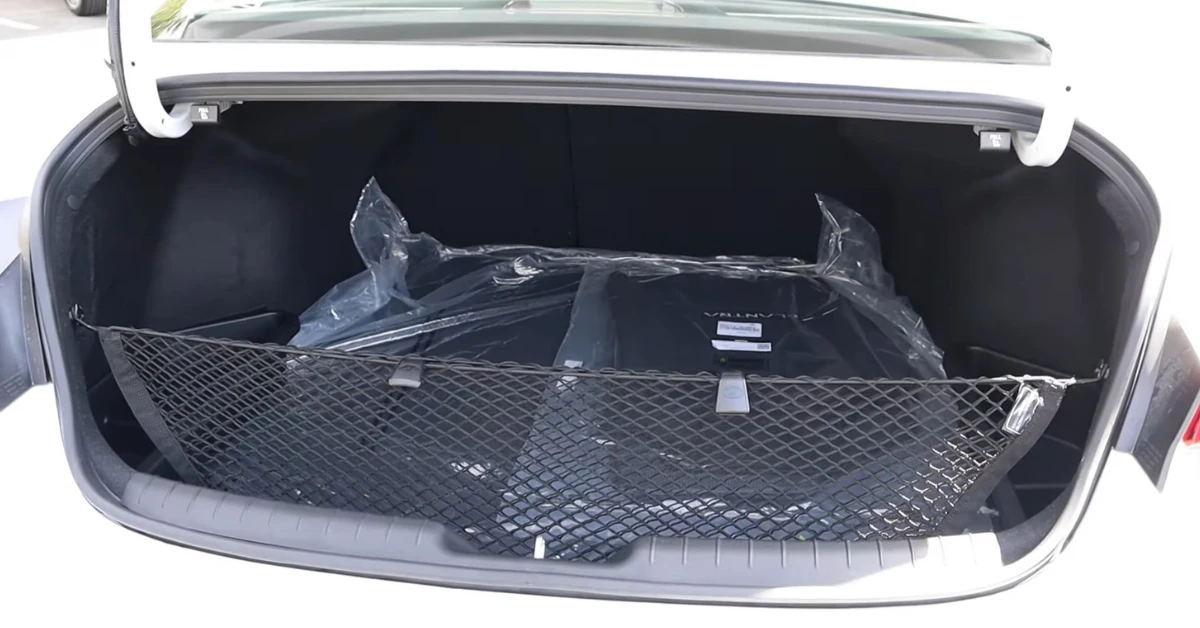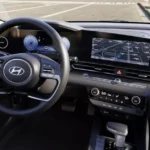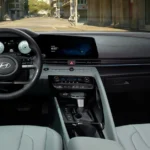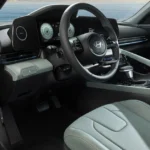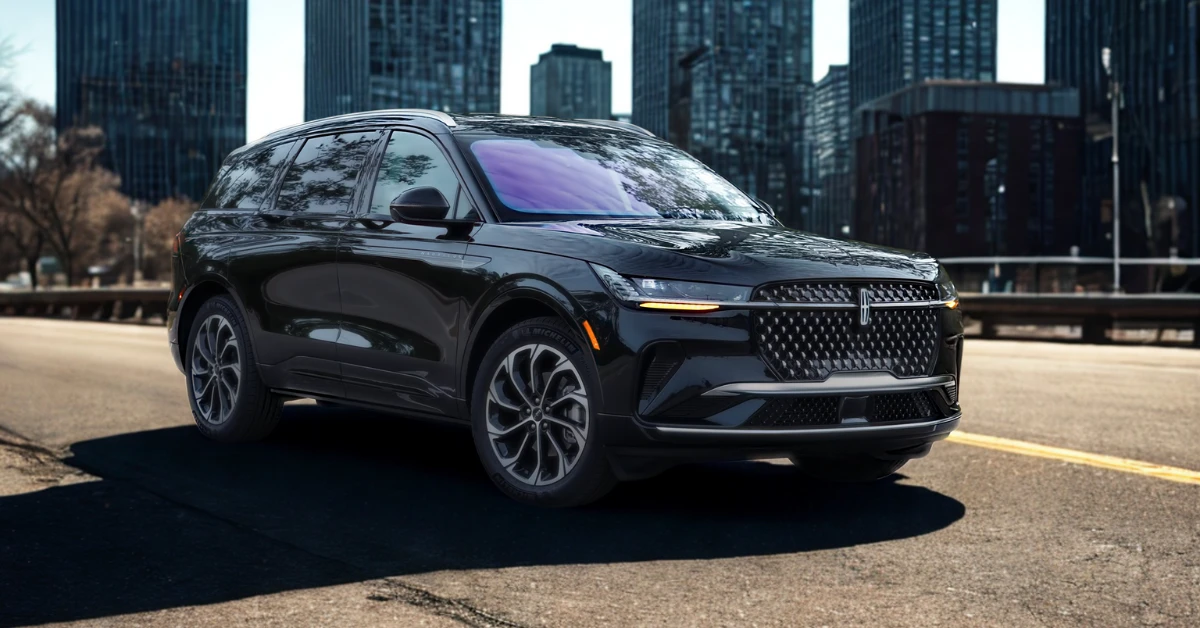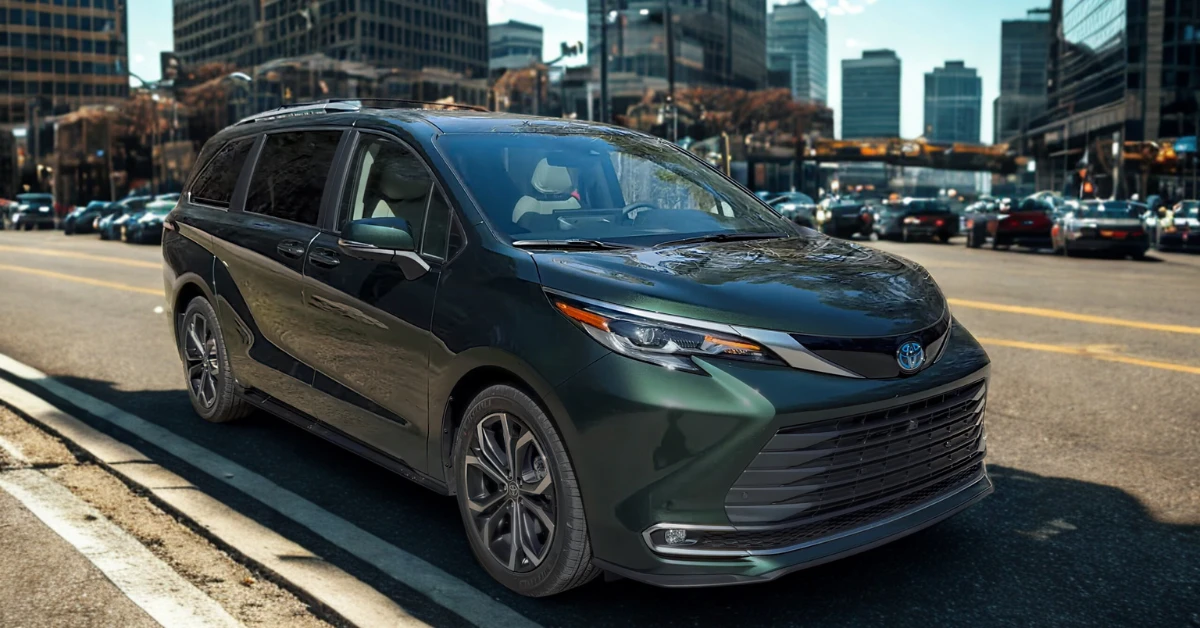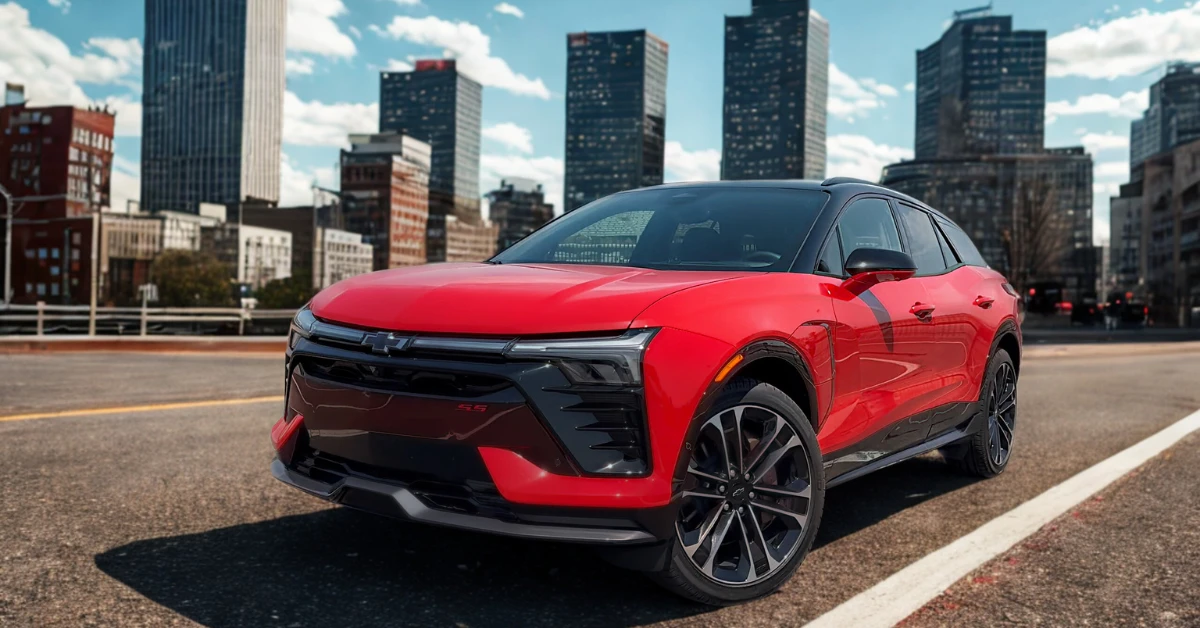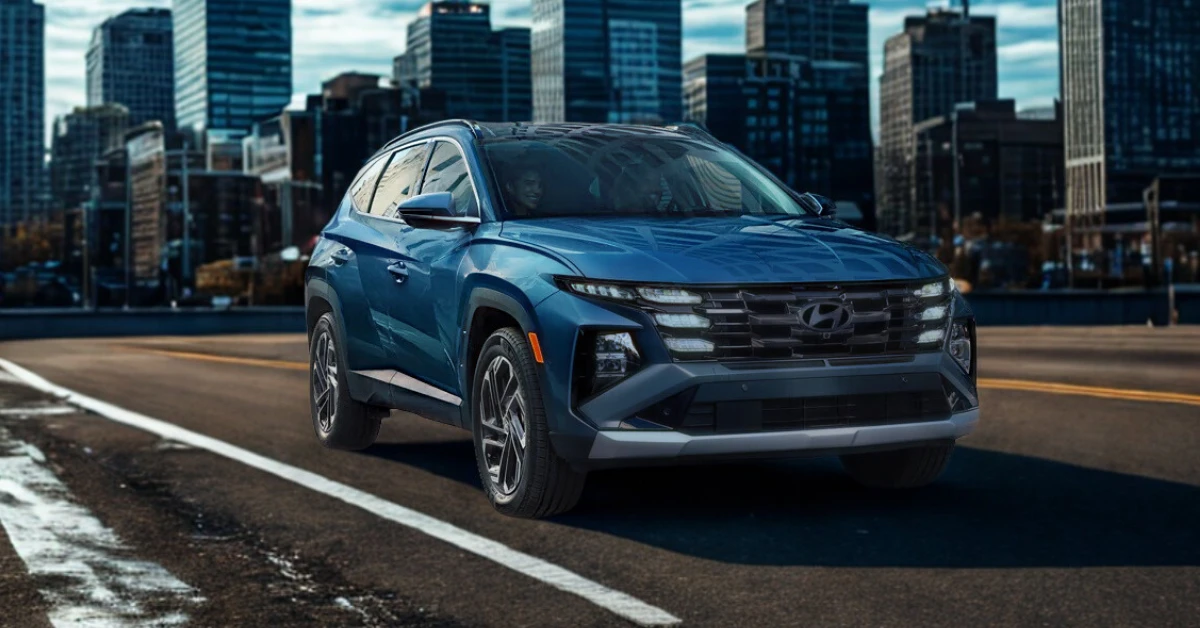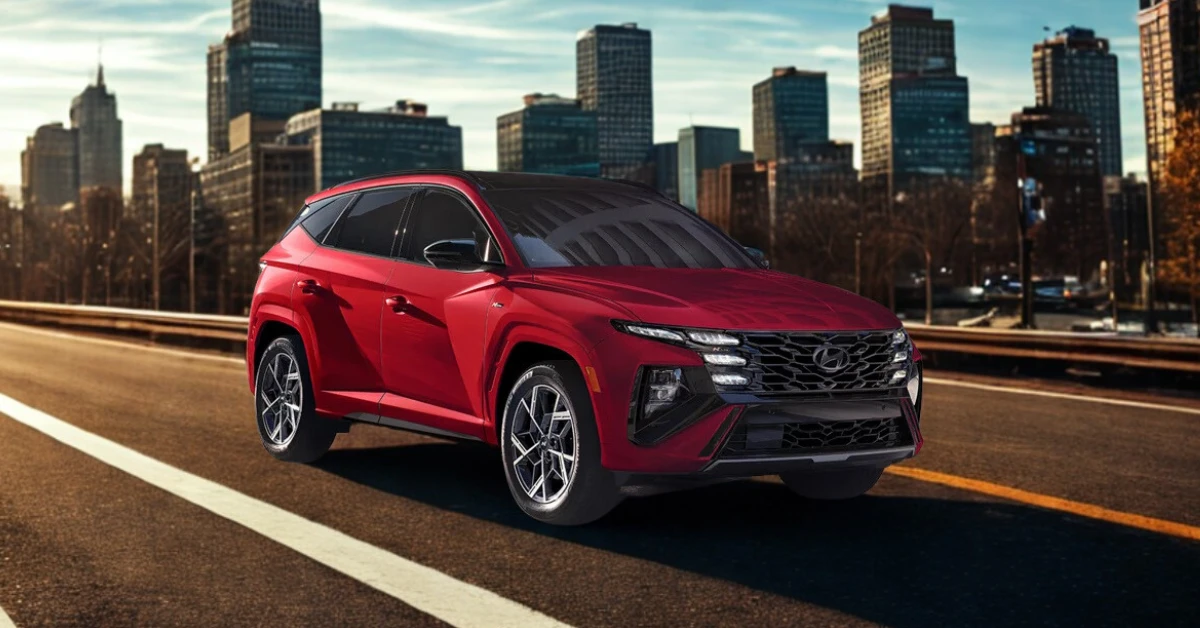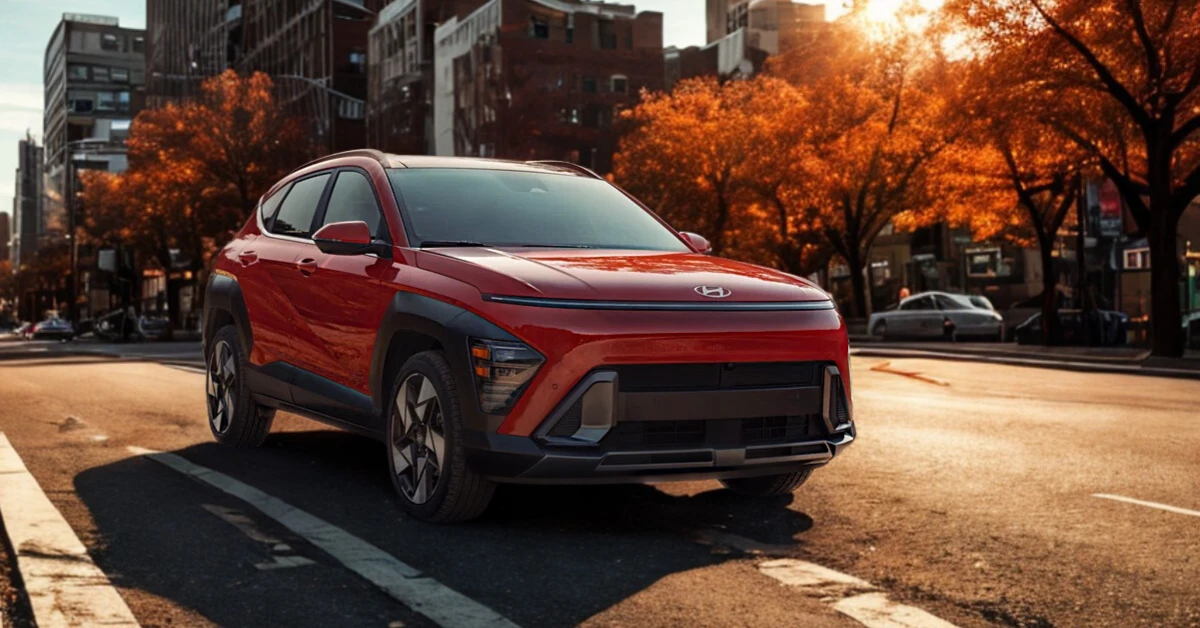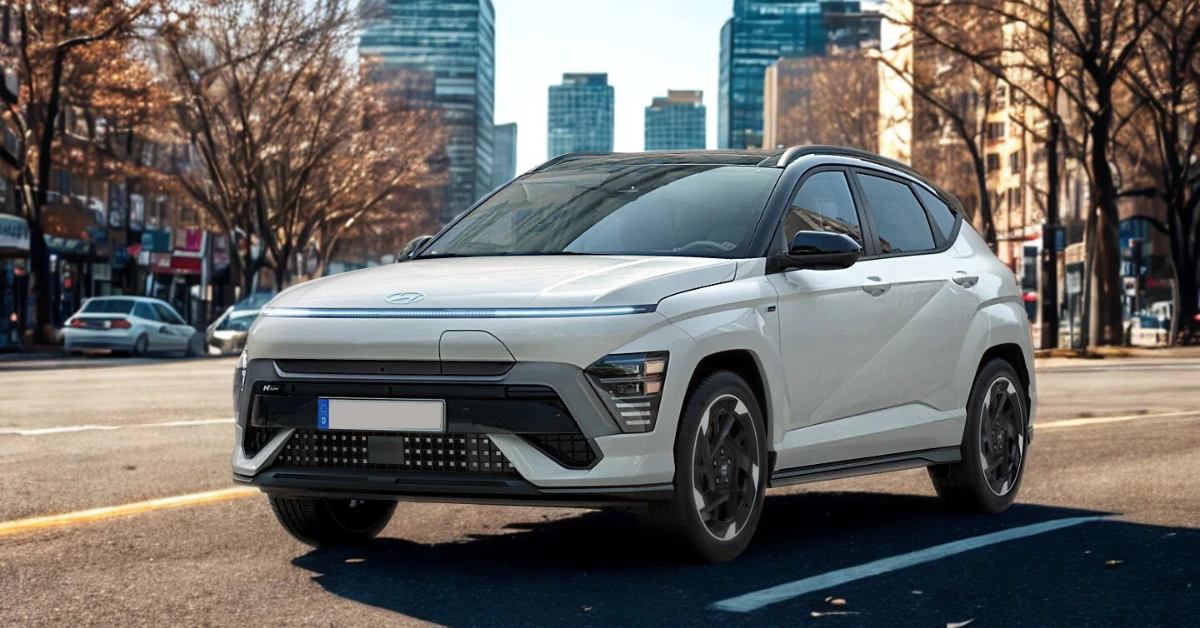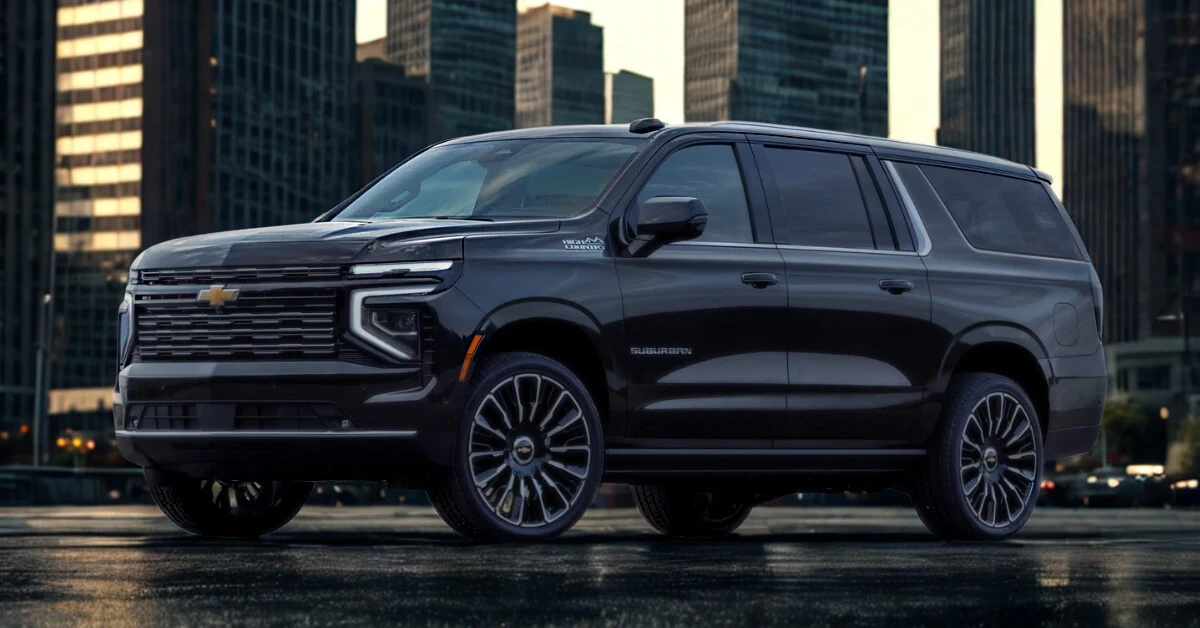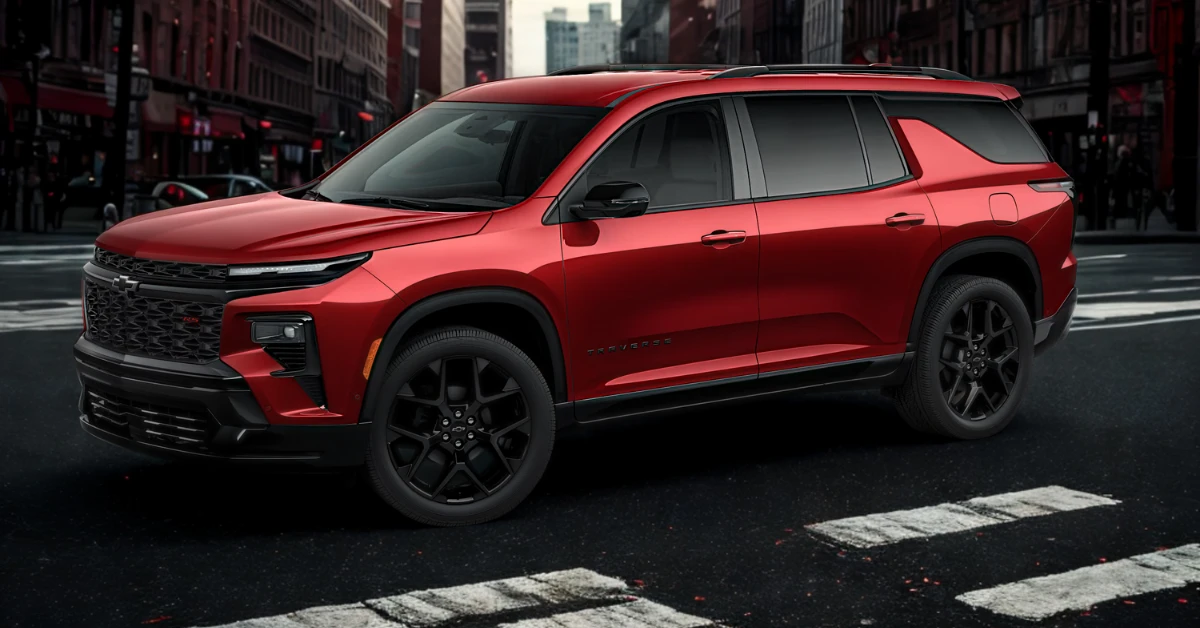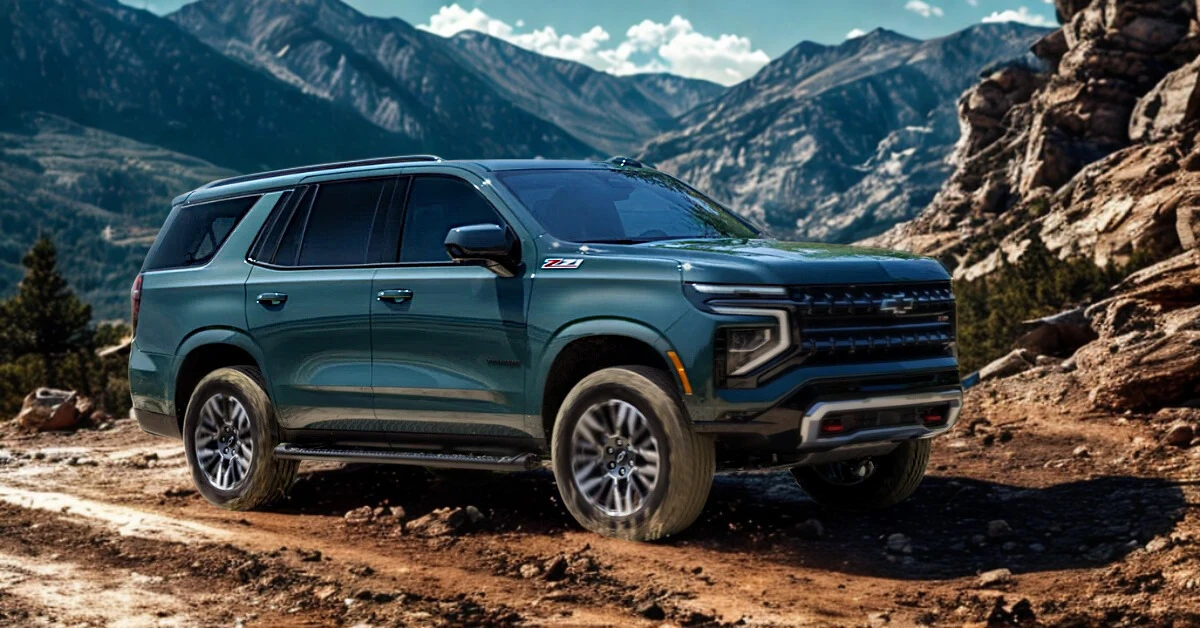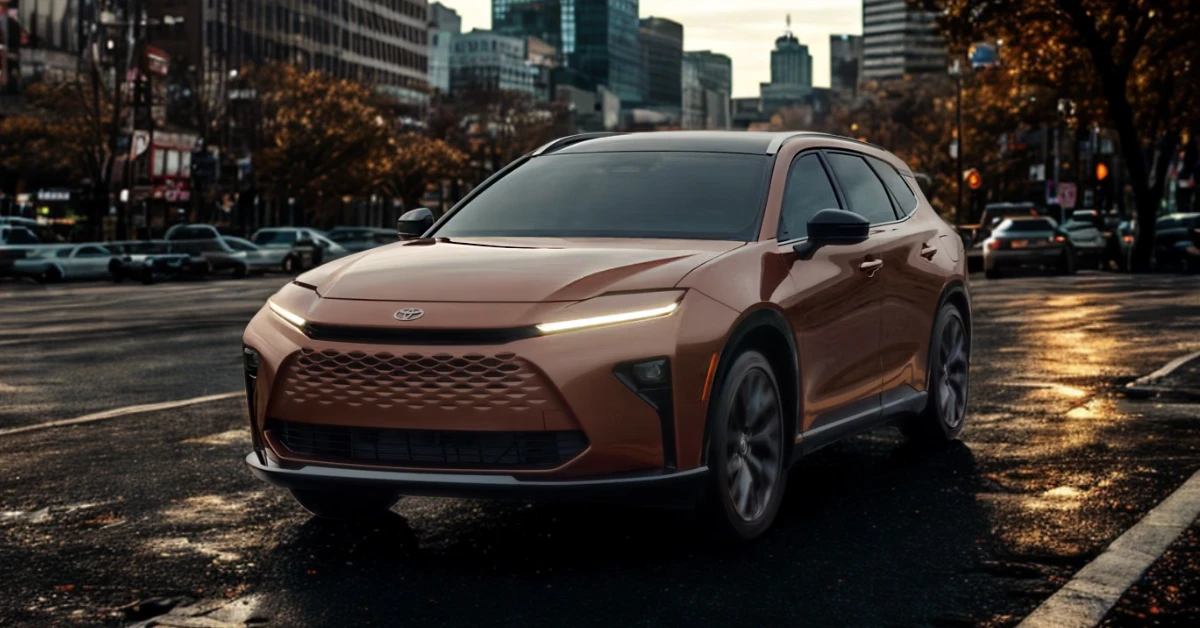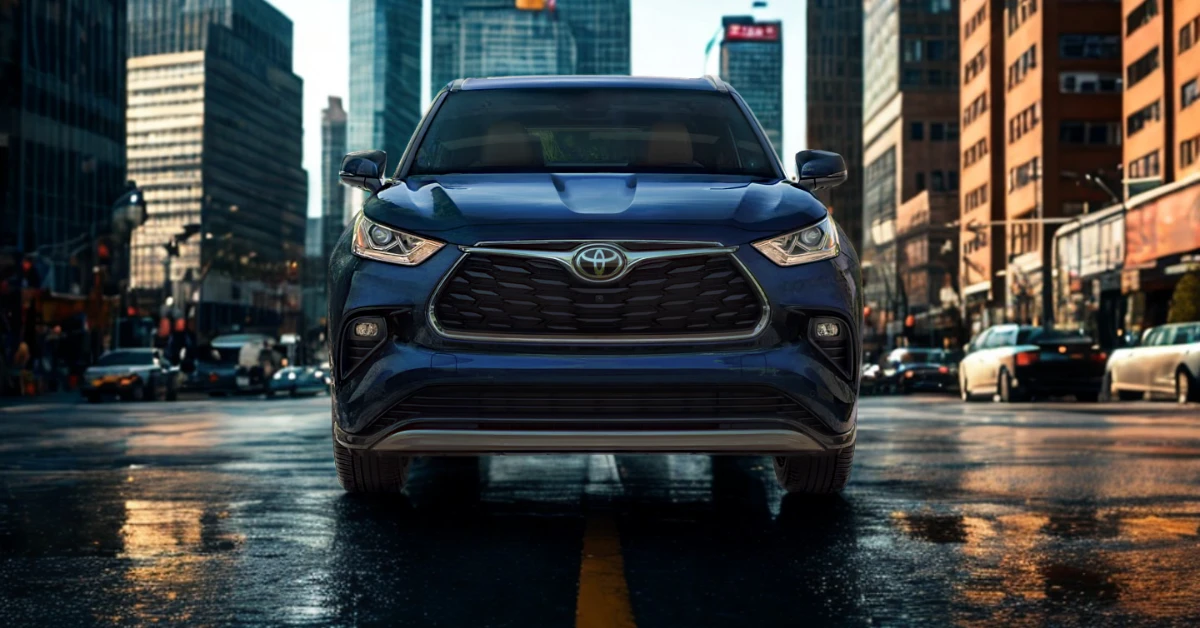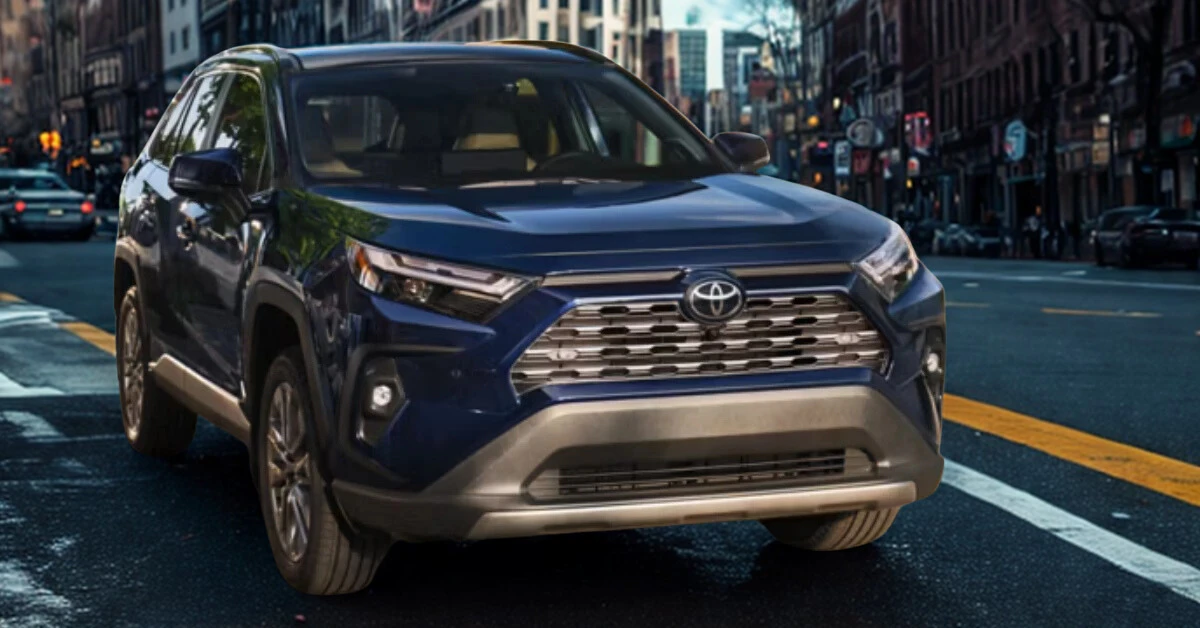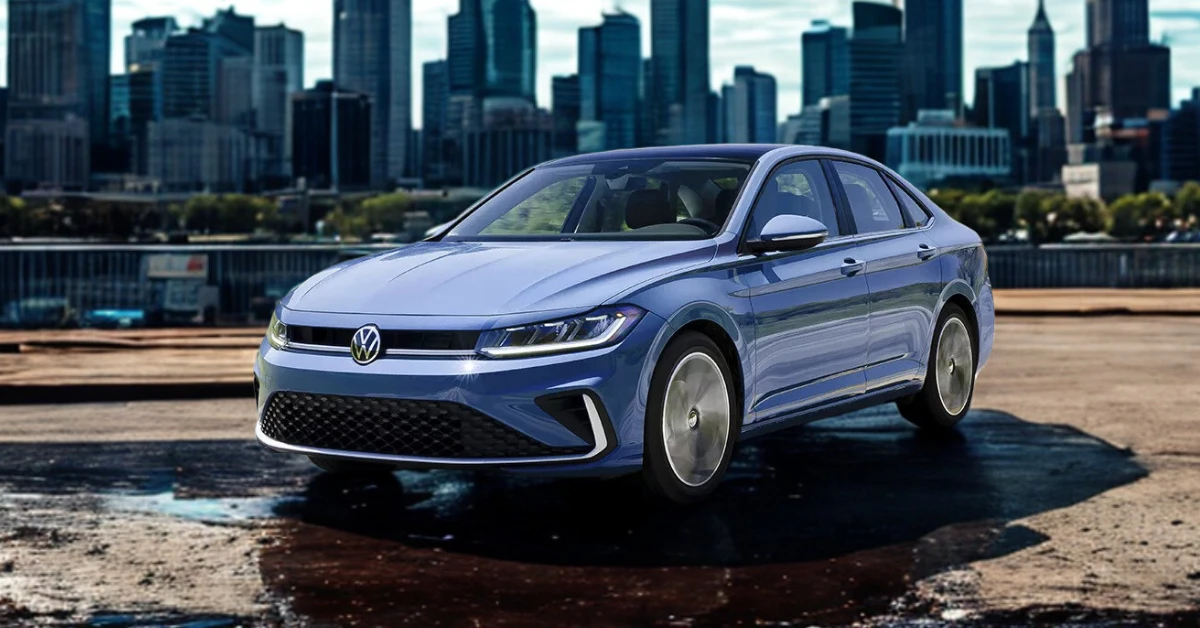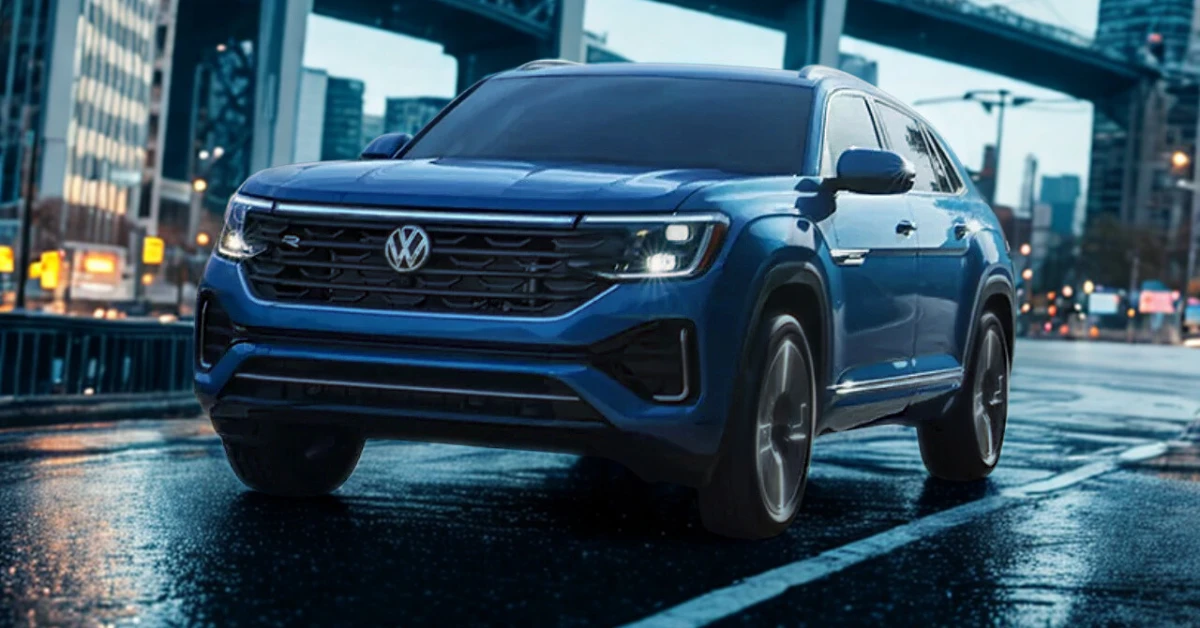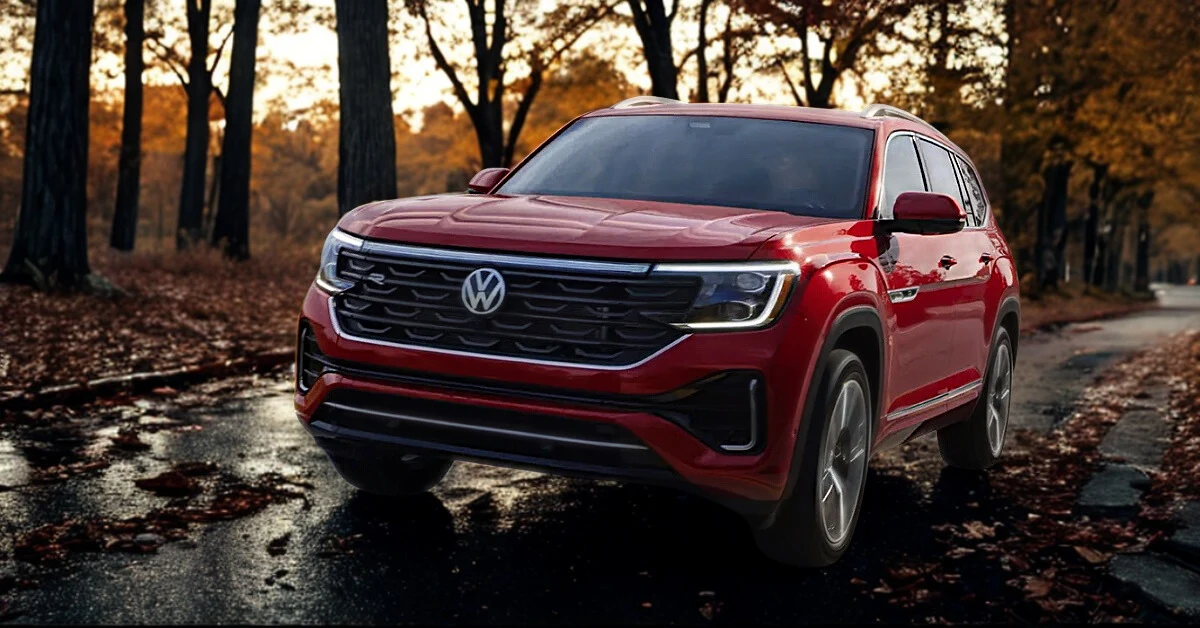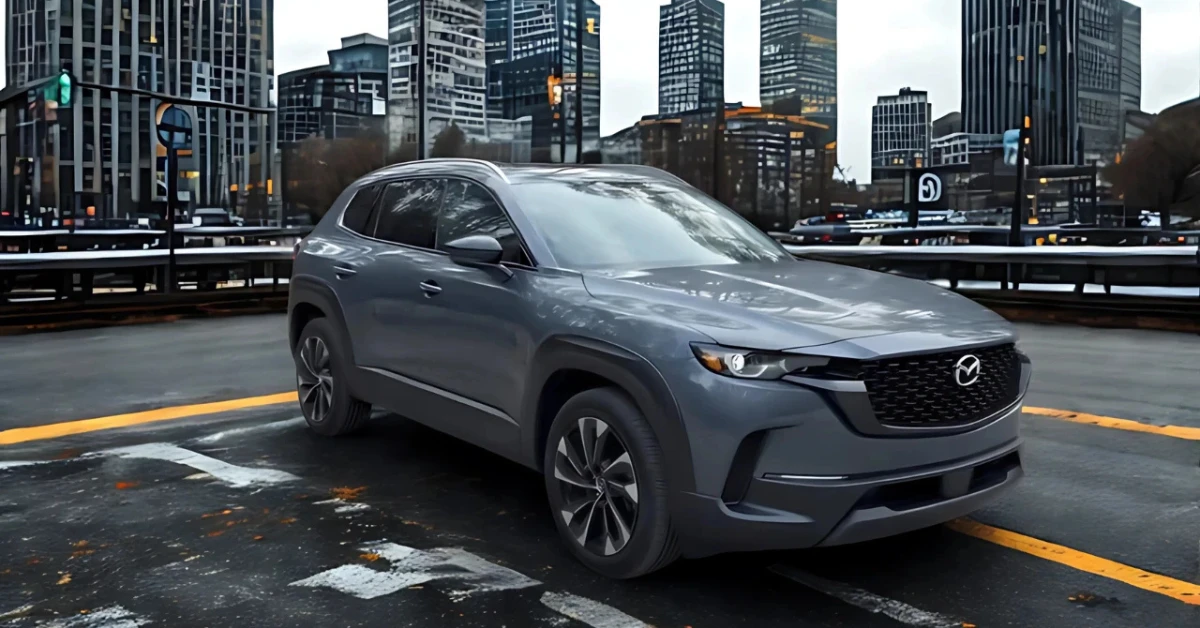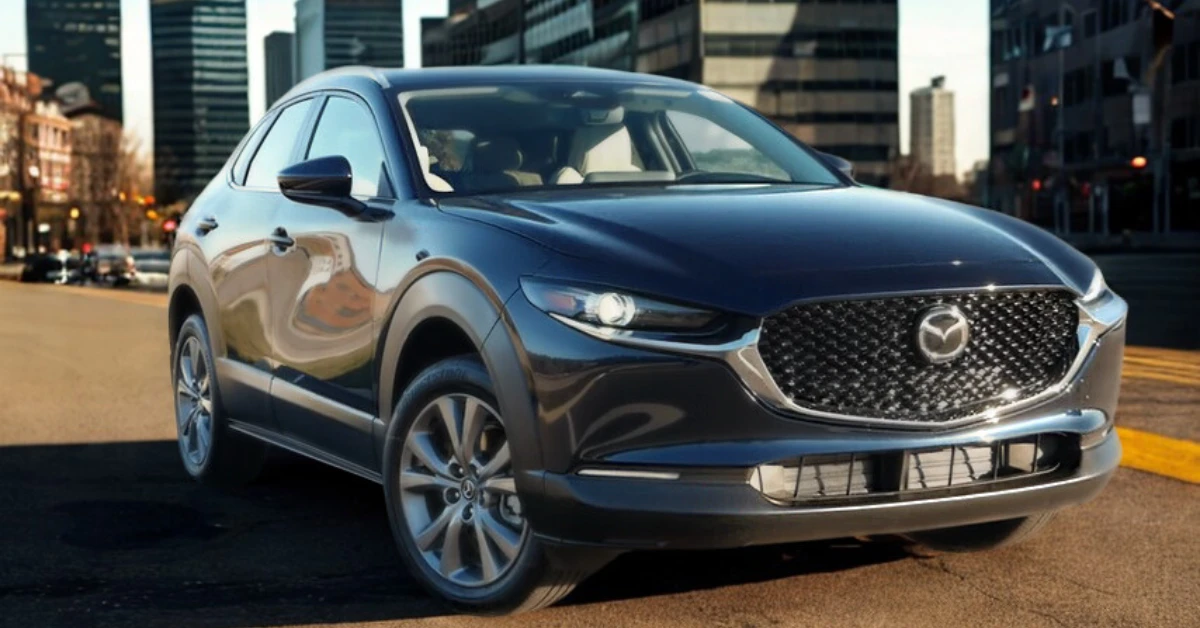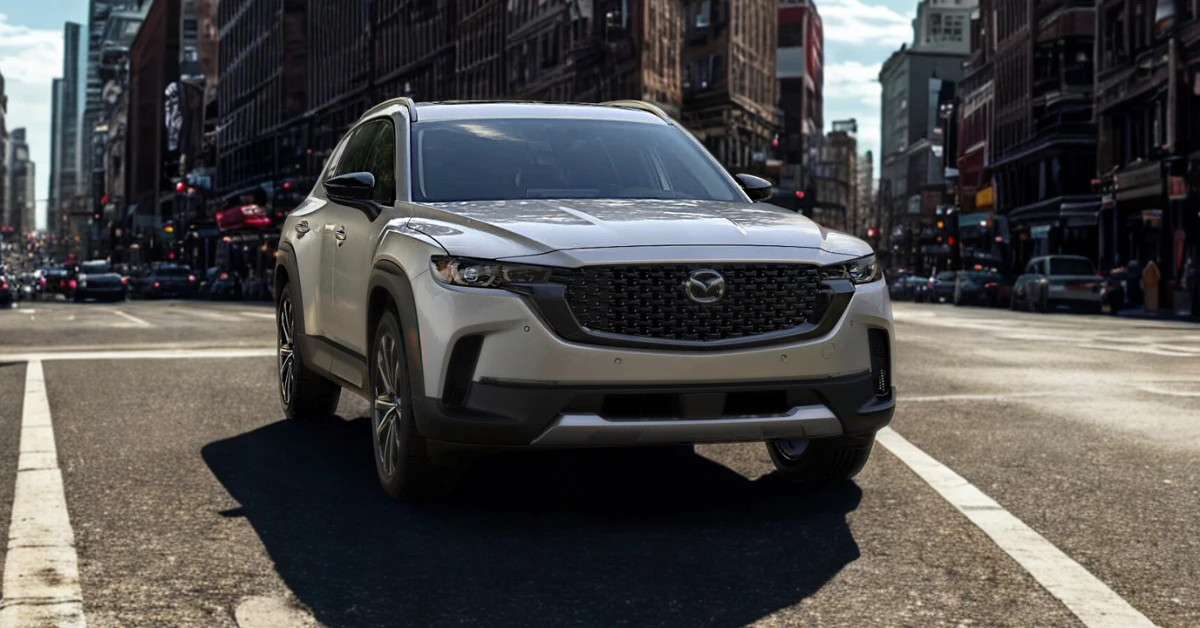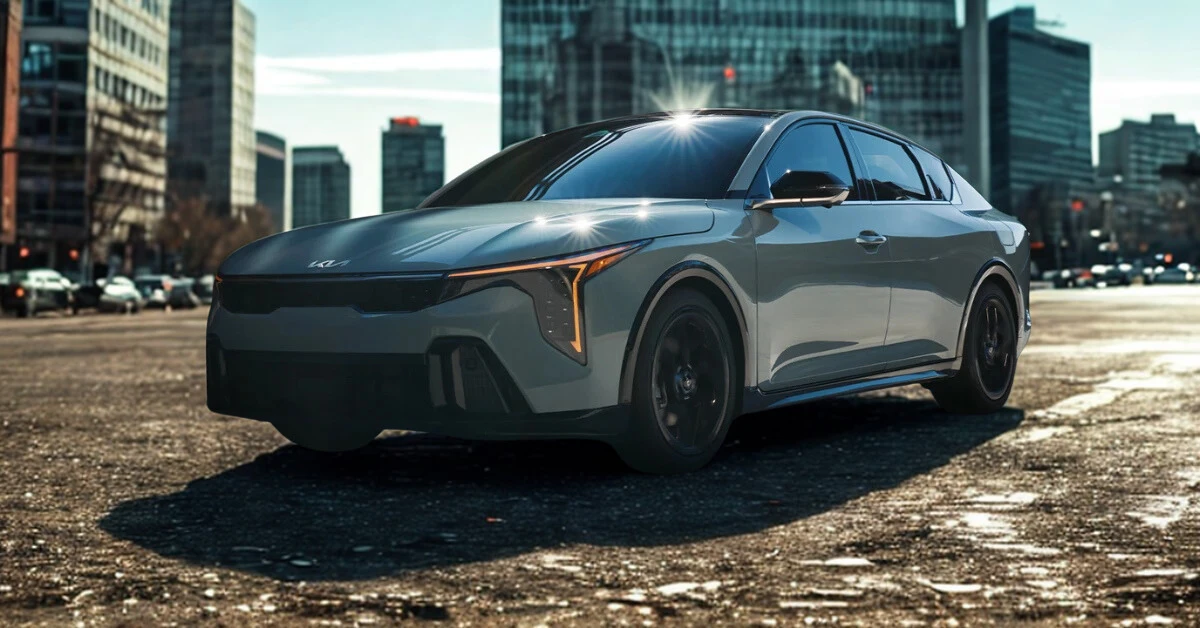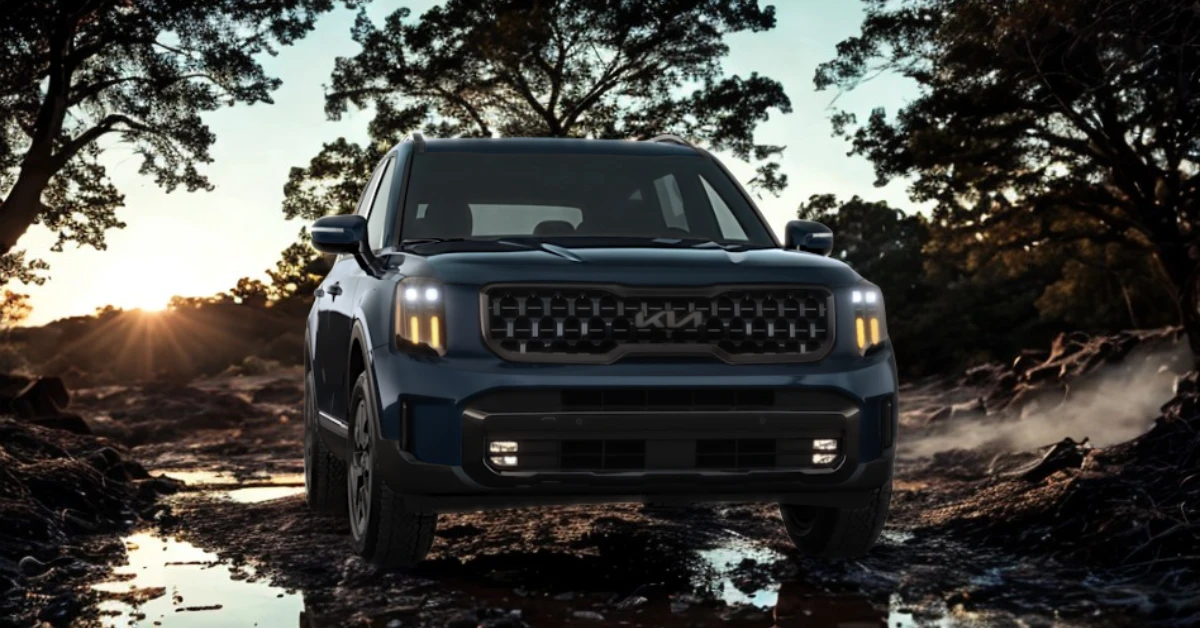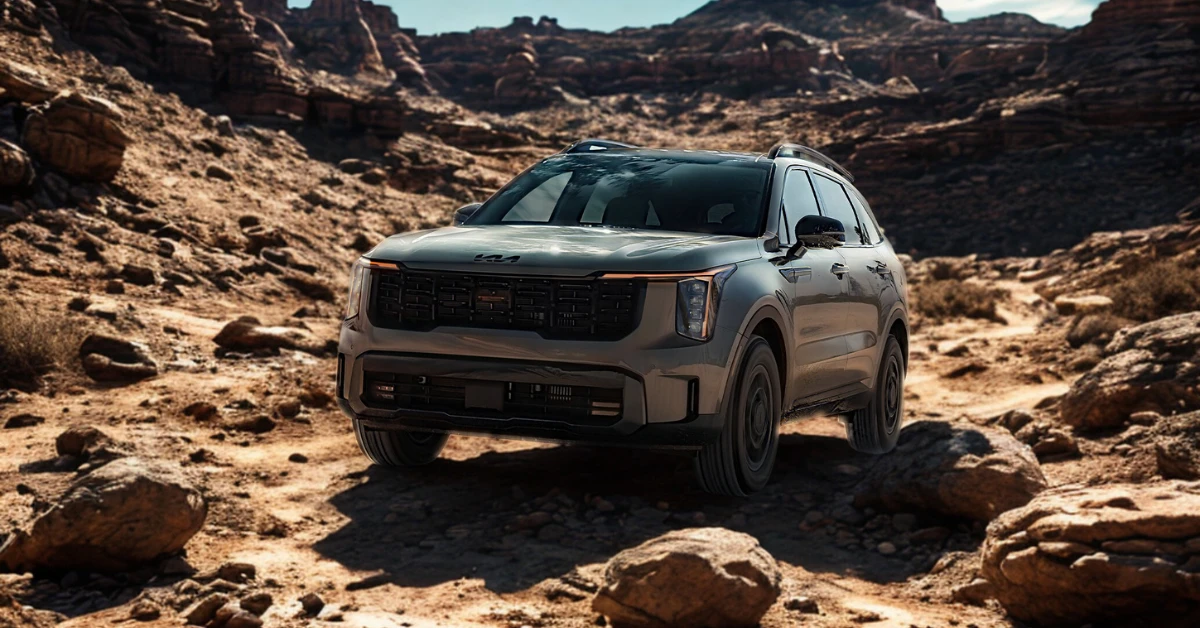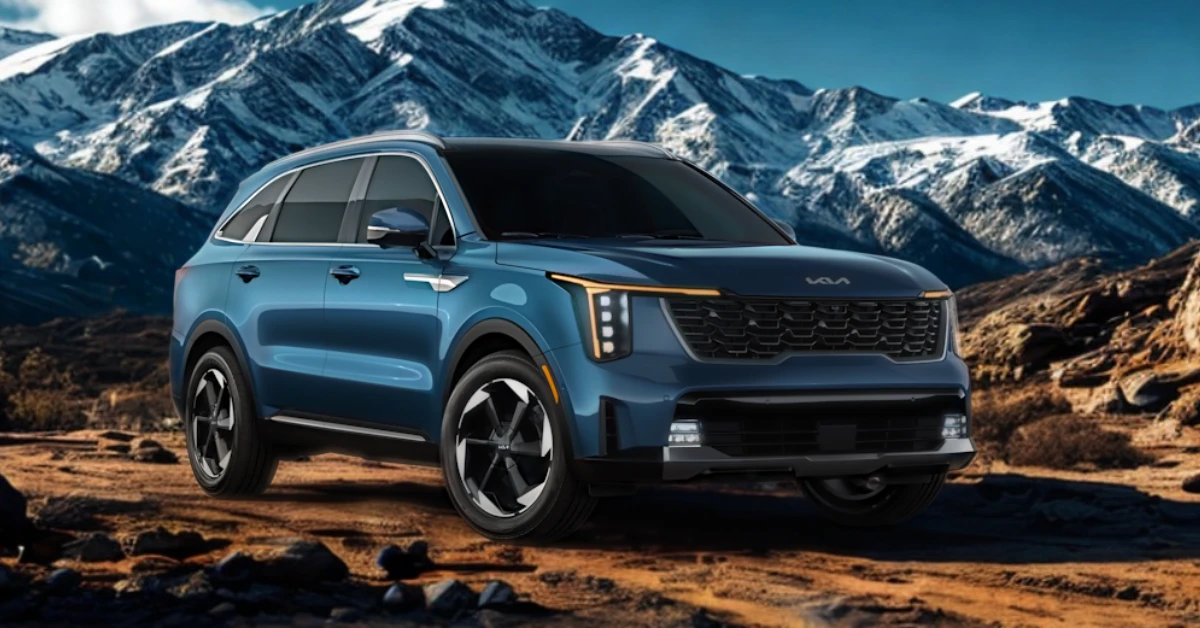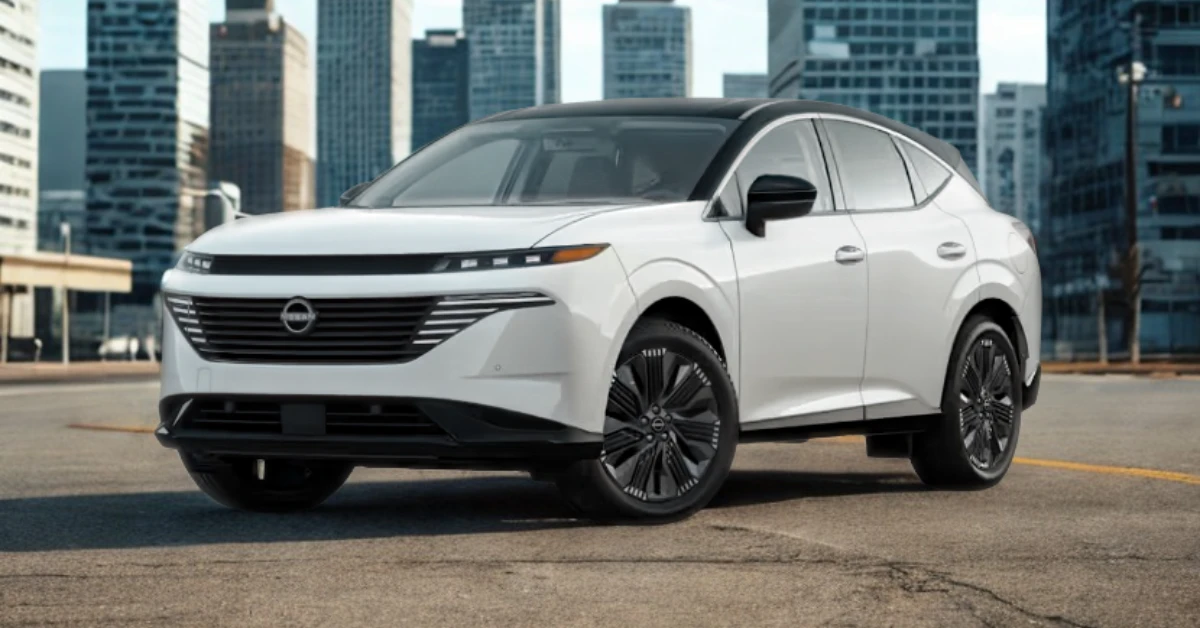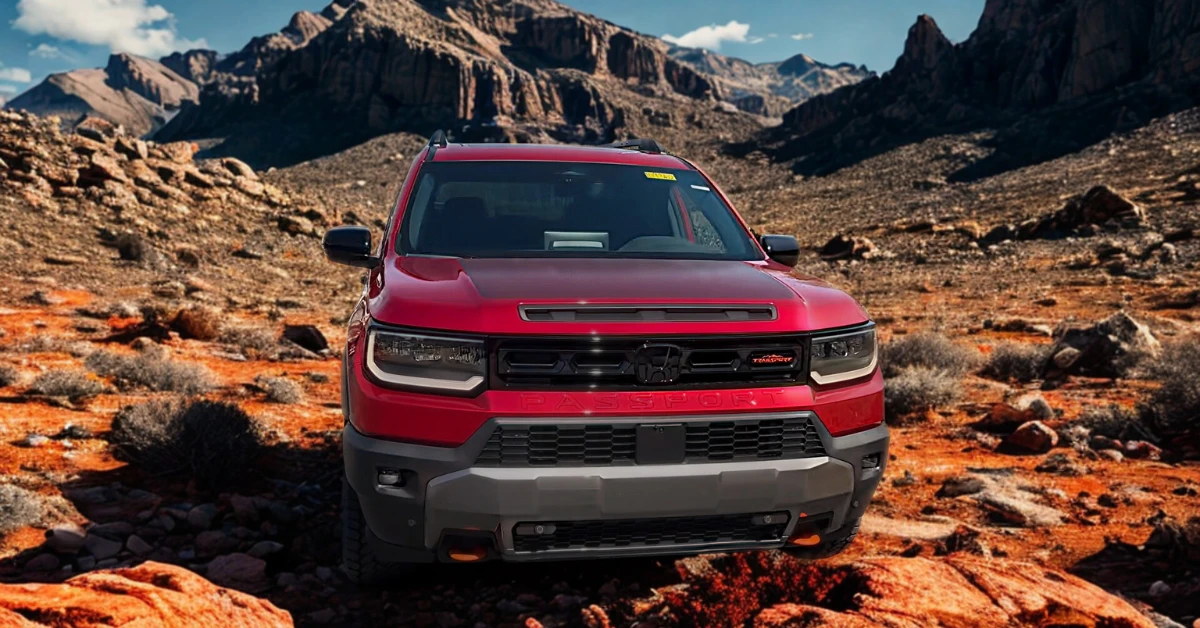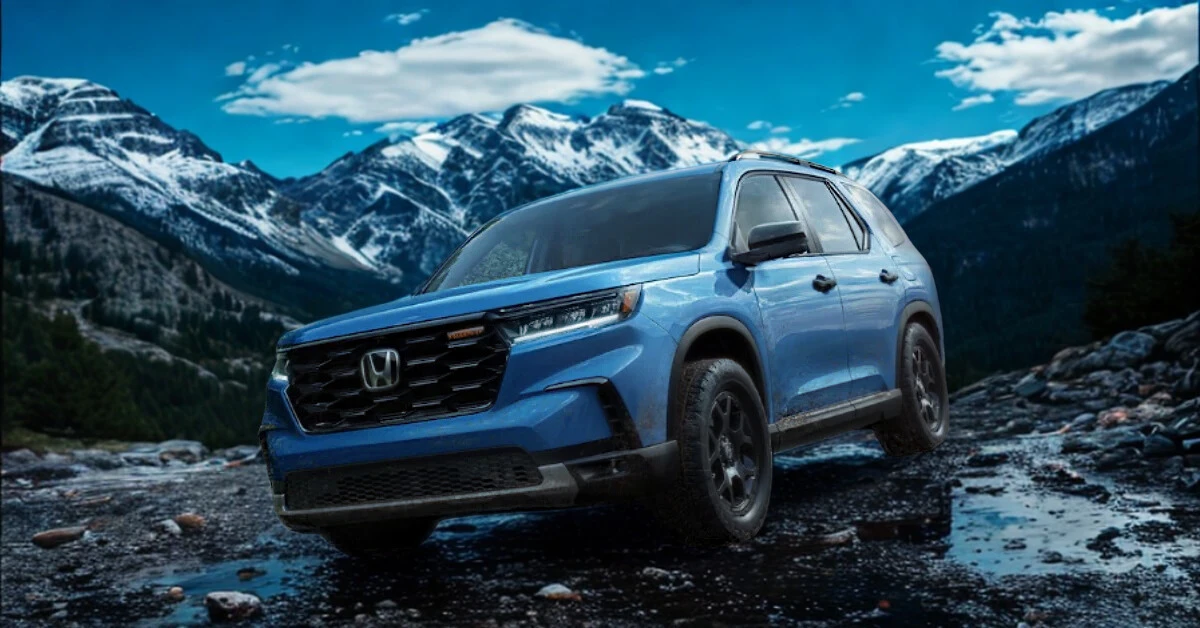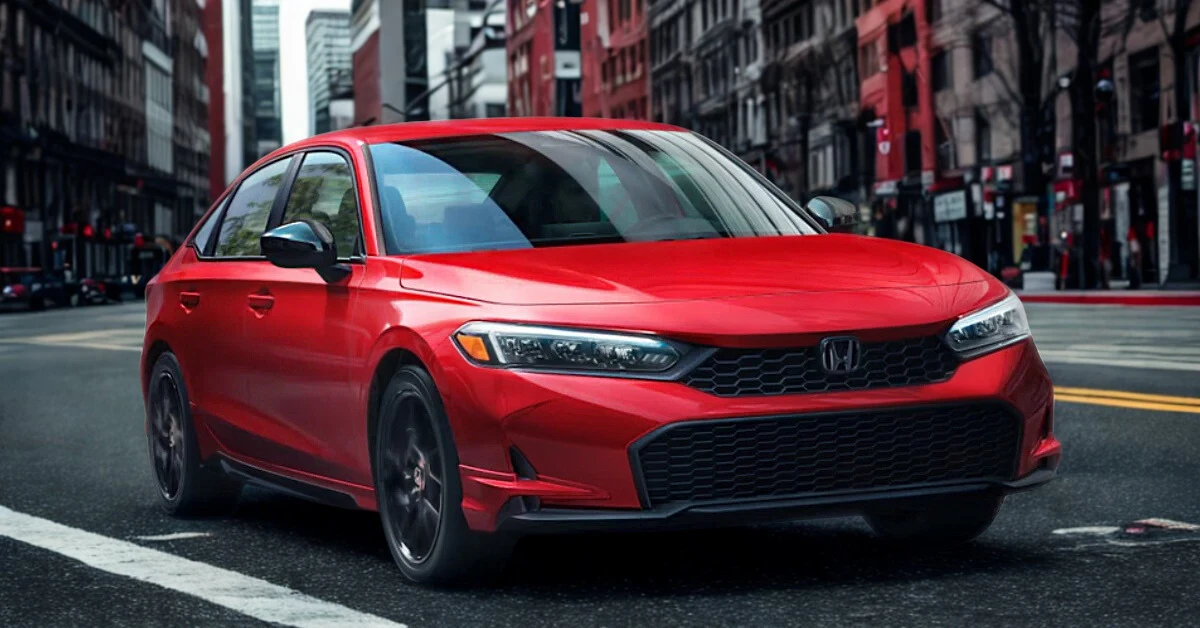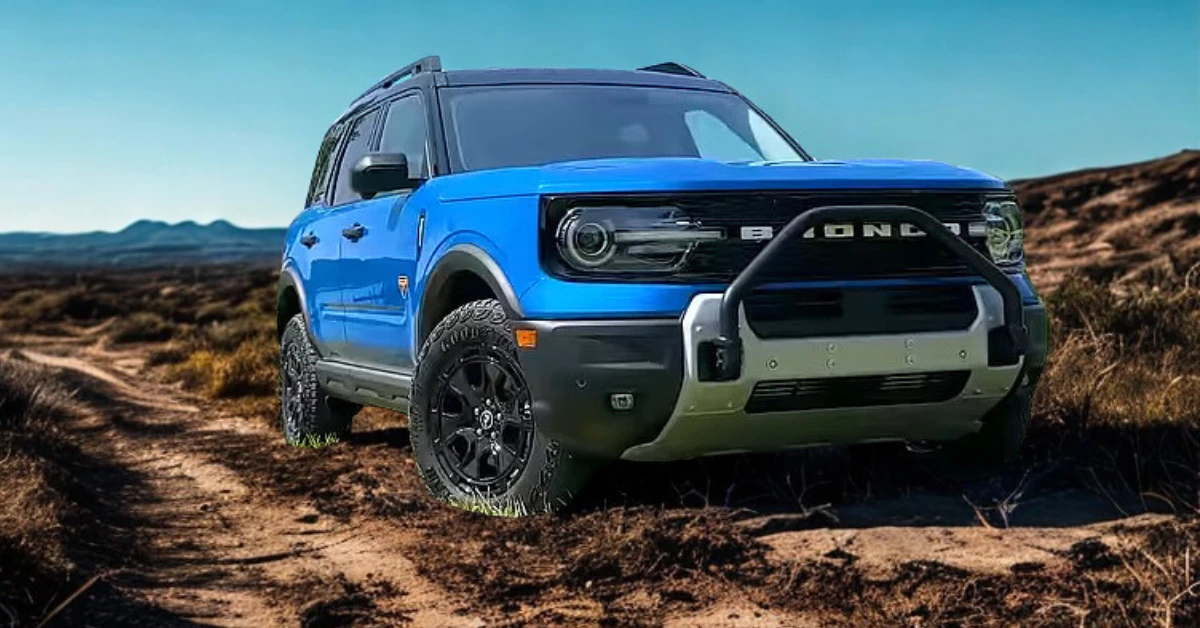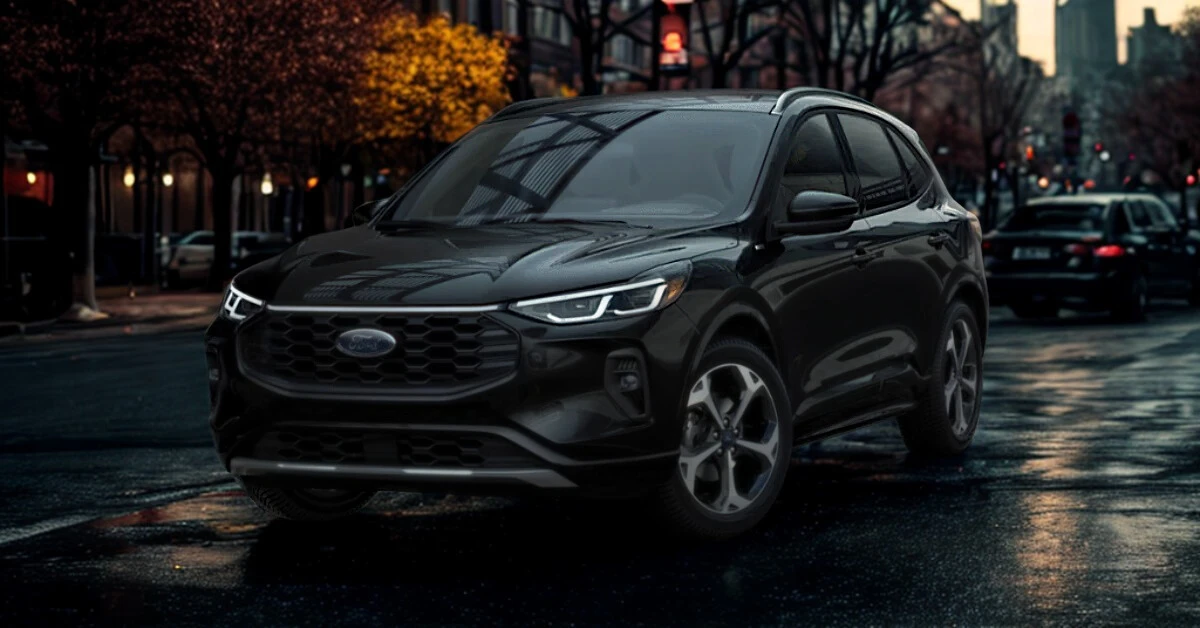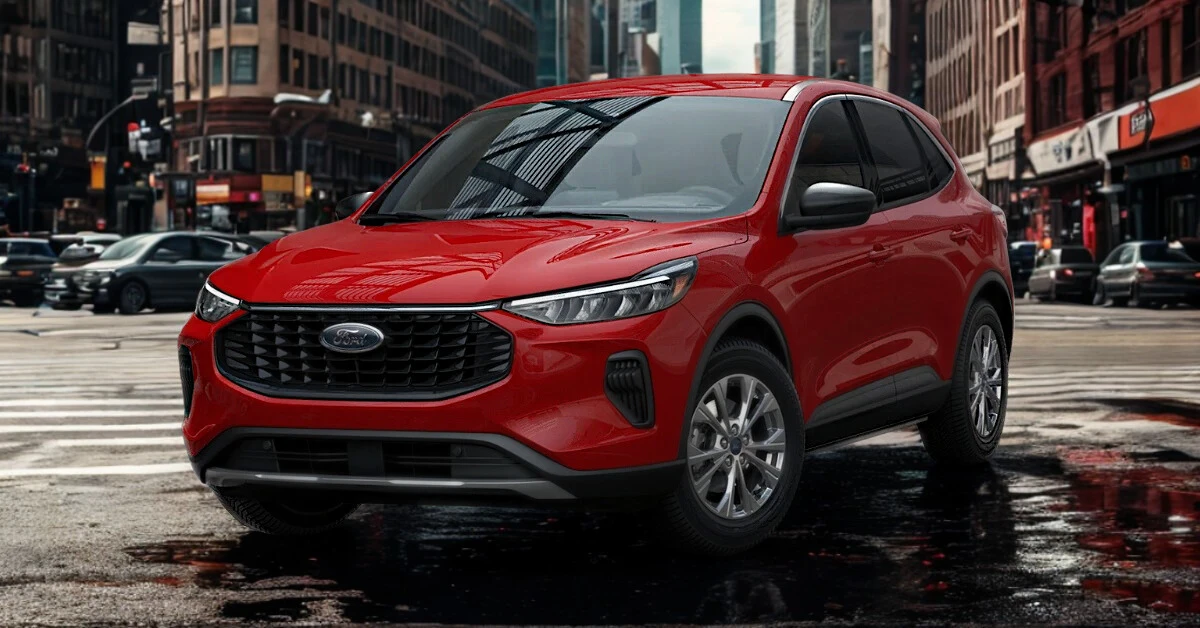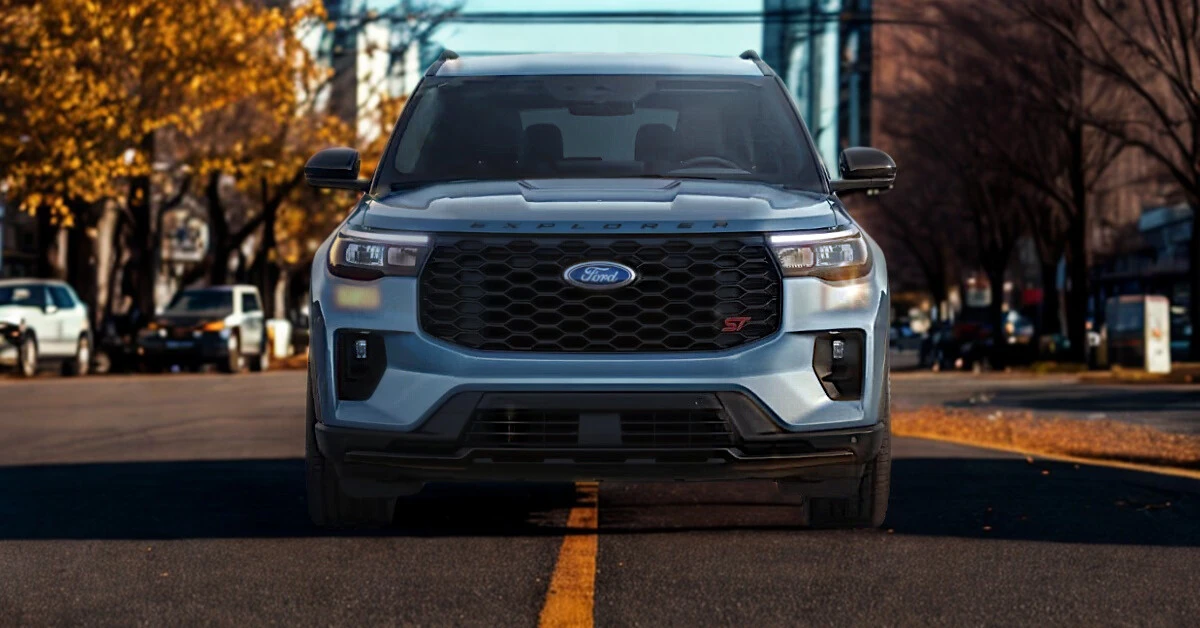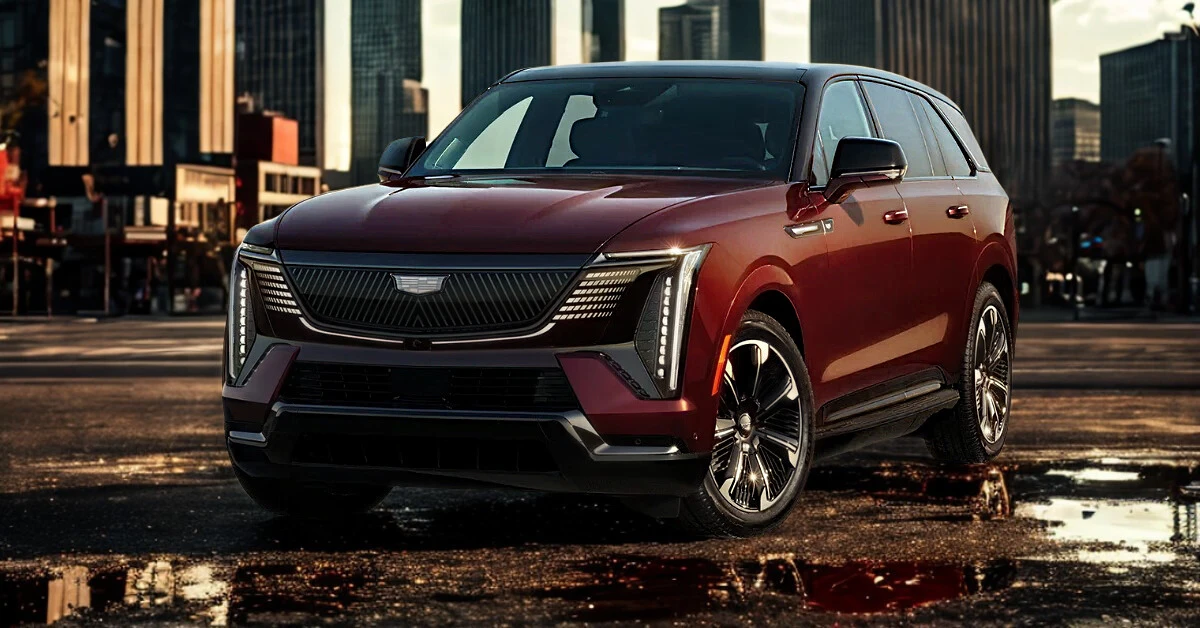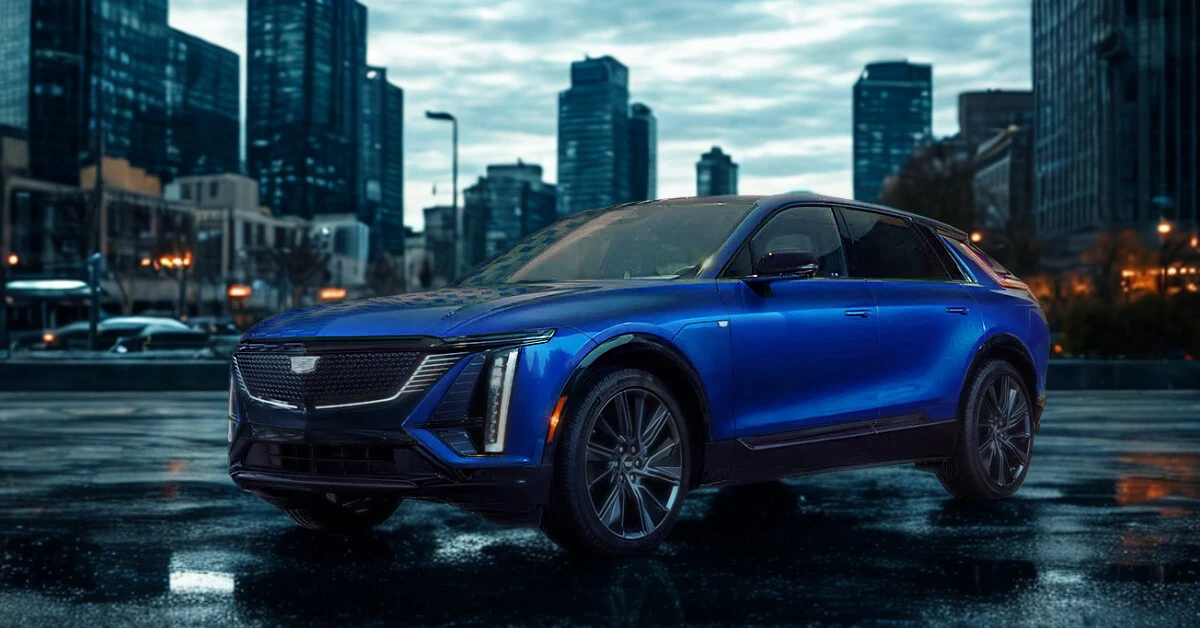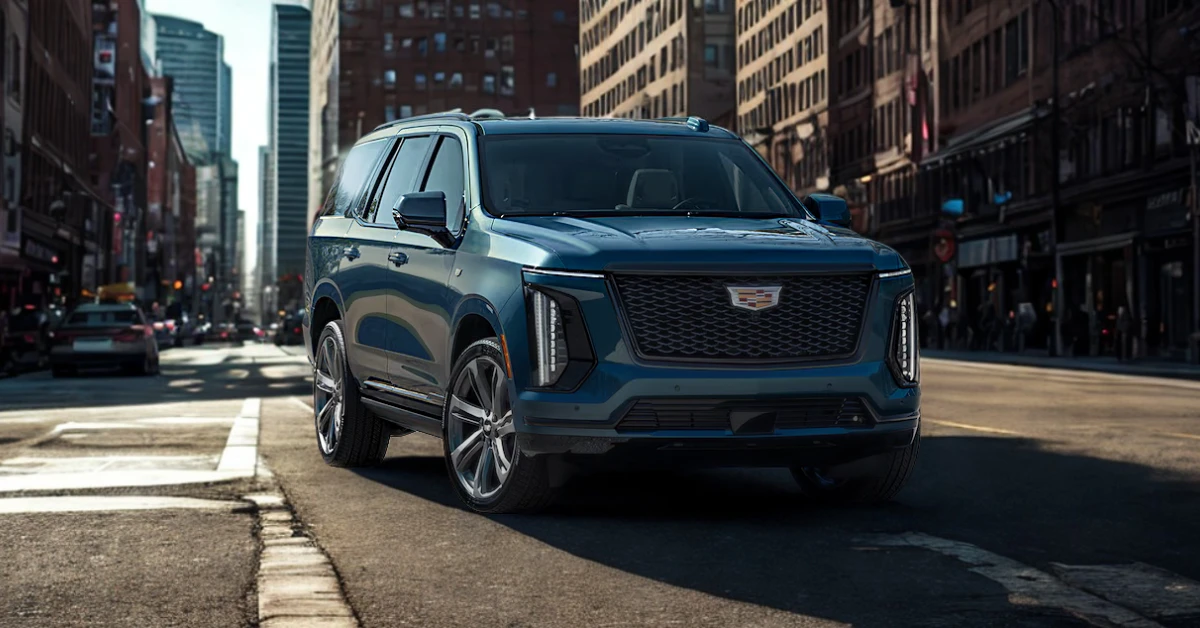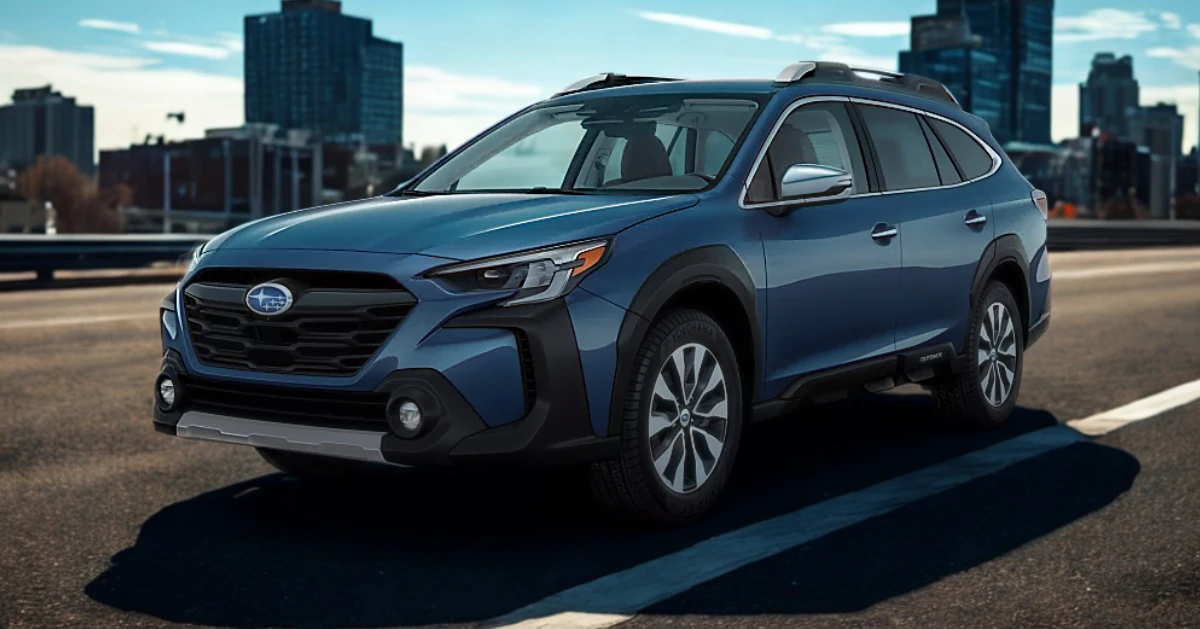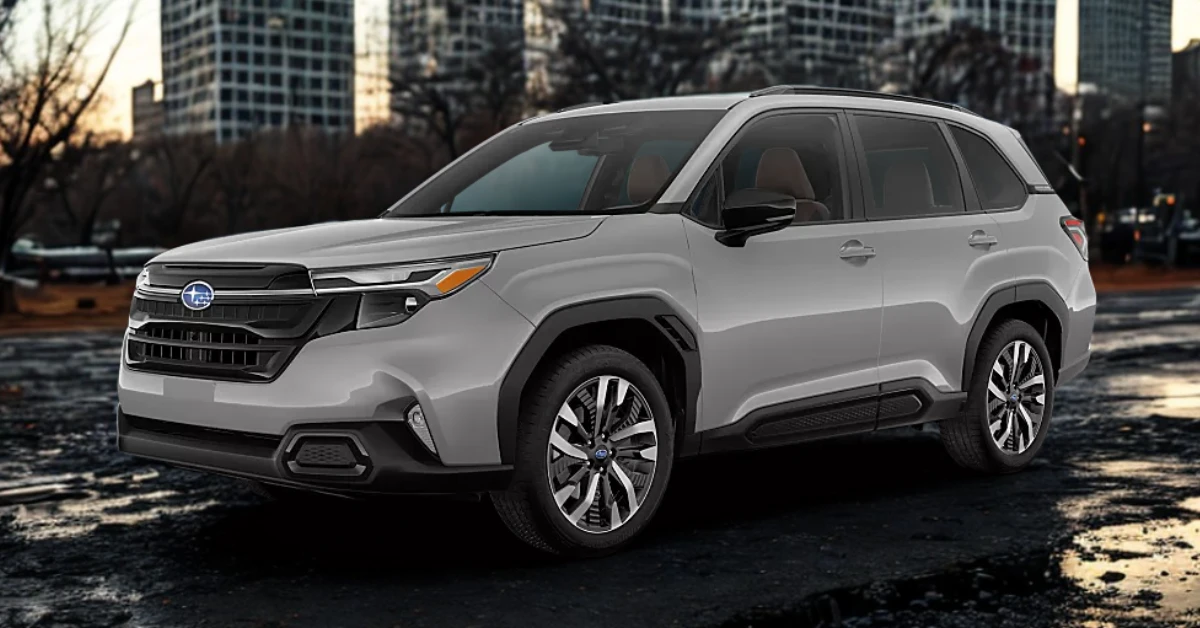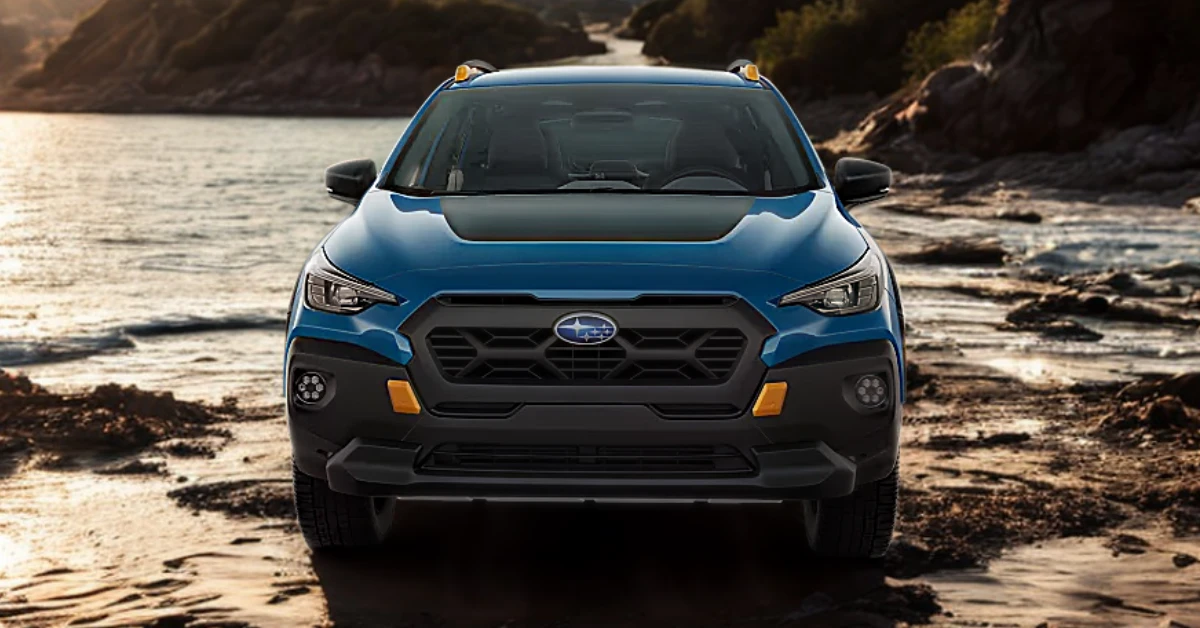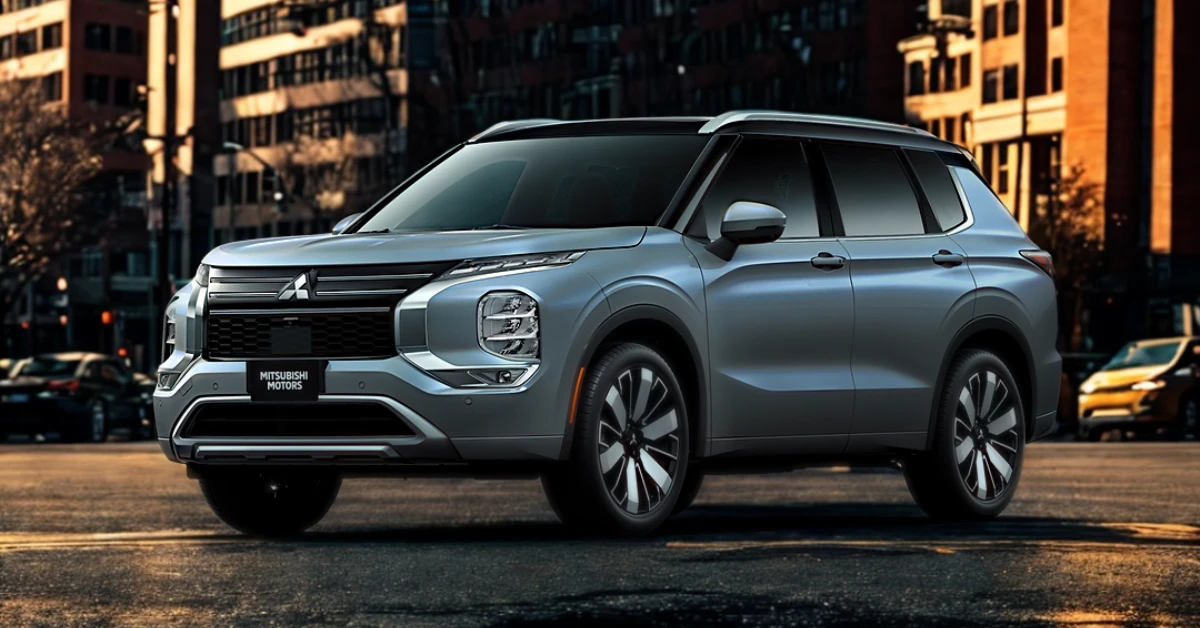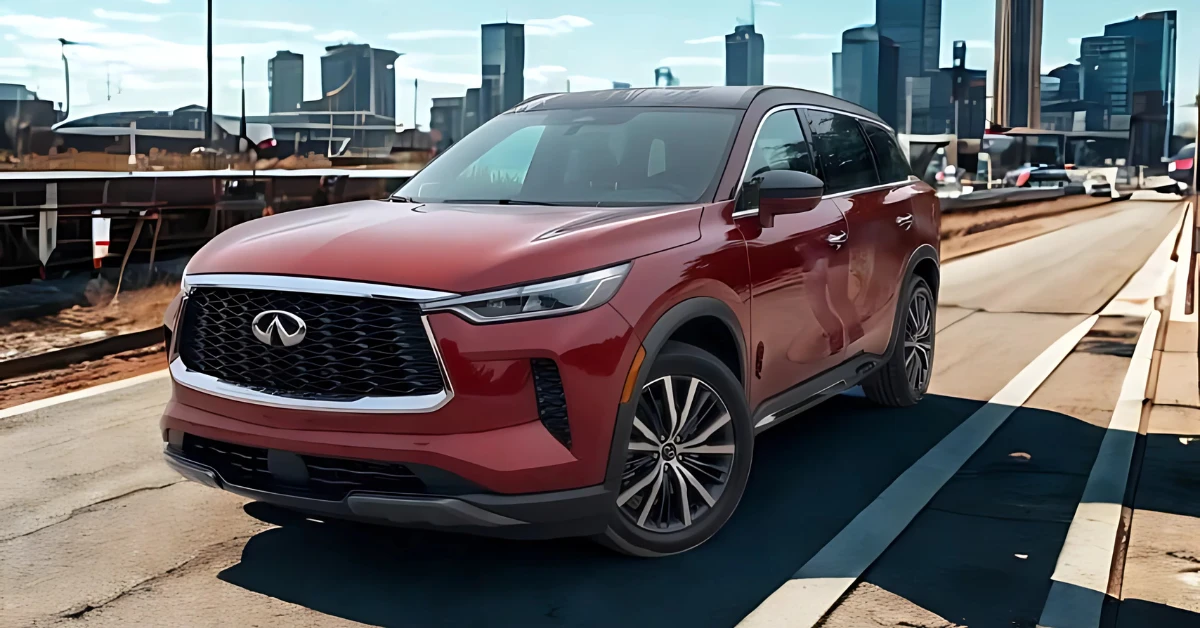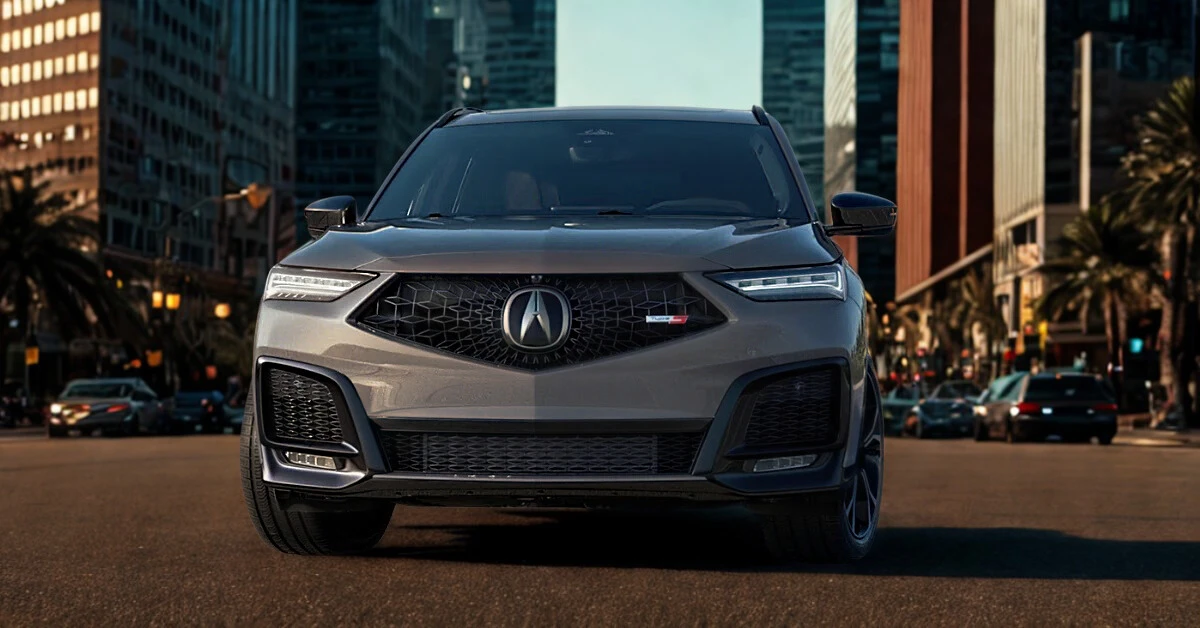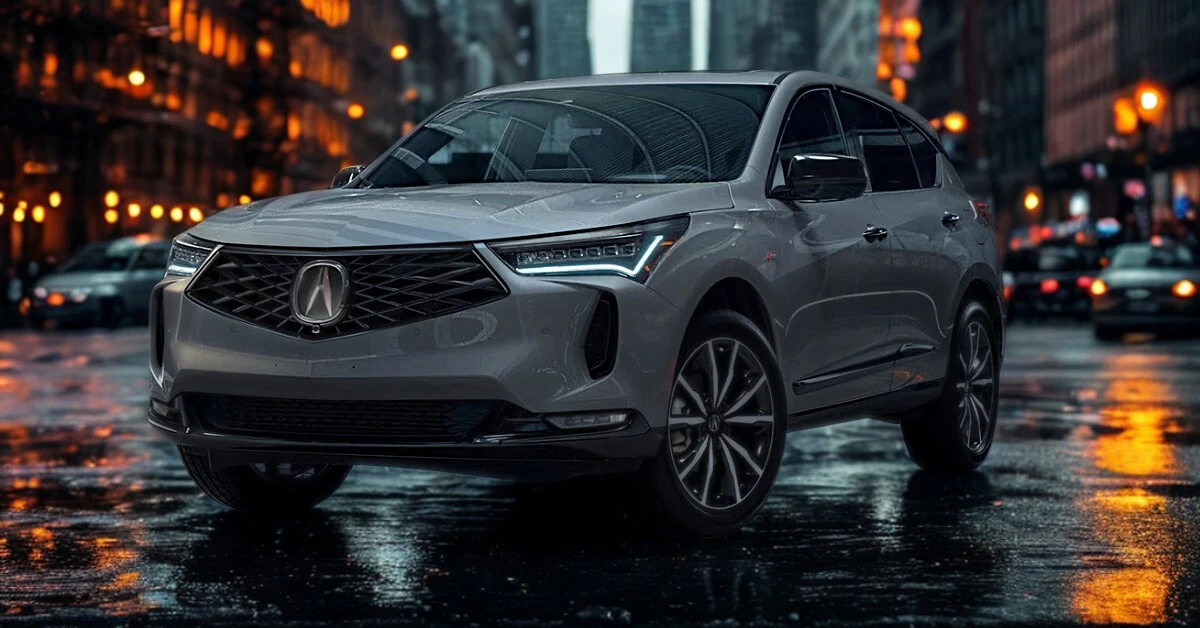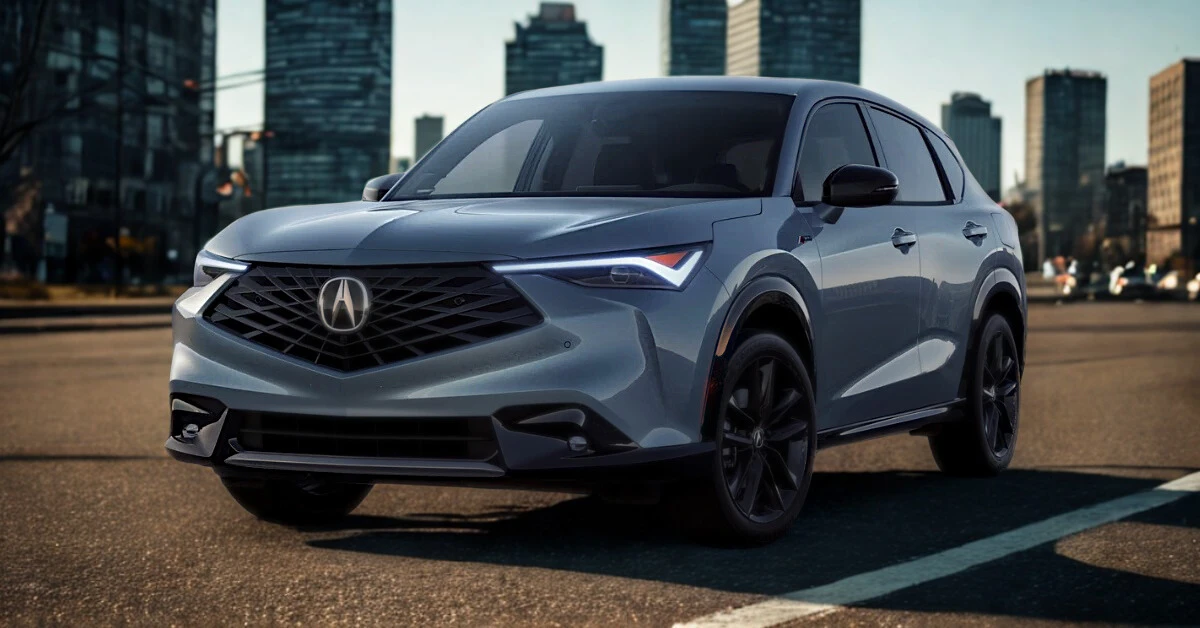2025 Hyundai Elantra Specifications
- POWERTRAINS
- TRIMS
- COLORS
- DIMENSIONS
| Specification | Elantra SE IVT | Elantra SEL Sport IVT | Elantra SEL Convenience IVT | Elantra Limited IVT | Elantra N Line DCT |
|---|---|---|---|---|---|
| Base Price | $23,320 | $24,445 | $27,020 | $27,970 | $30,170 |
| Engine Type | Regular Unleaded I-4 | Regular Unleaded I-4 | Regular Unleaded I-4 | Regular Unleaded I-4 | Intercooled Turbo Regular Unleaded I-4 |
| Displacement | 2.0L/122 cu. in. | 2.0L/122 cu. in. | 2.0L/122 cu. in. | 2.0L/122 cu. in. | 1.6L/98 cu. in. |
| Fuel System | Sequential MPI | Sequential MPI | Sequential MPI | Sequential MPI | Gasoline Direct Injection |
| Horsepower | 147 @ 6200 rpm | 147 @ 6200 rpm | 147 @ 6200 rpm | 147 @ 6200 rpm | 201 @ 6000 rpm |
| Torque | 132 lb-ft @ 4500 rpm | 132 lb-ft @ 4500 rpm | 132 lb-ft @ 4500 rpm | 132 lb-ft @ 4500 rpm | 195 lb-ft @ 1500 rpm |
| Transmission | Intelligent Variable (IVT) | Intelligent Variable (IVT) | Intelligent Variable (IVT) | Intelligent Variable (IVT) | 7-Speed Dual Clutch (DCT) |
| Transmission Speeds | 1 (Continuously Variable) | 1 (Continuously Variable) | 1 (Continuously Variable) | 1 (Continuously Variable) | 7 |
| Drive Type | Front-Wheel Drive | Front-Wheel Drive | Front-Wheel Drive | Front-Wheel Drive | Front-Wheel Drive |
| Fuel Economy (city/hwy/combined) | 32/41/36 mpg | 30/39/34 mpg | 30/39/34 mpg | 30/39/34 mpg | 28/35/31 mpg |
| EPA Greenhouse Gas Score | 7.0 | 7.0 | 7.0 | 7.0 | 6.0 |
| CO₂ Emissions | 4.9 tons/year | 5.1 tons/year | 5.1 tons/year | 5.1 tons/year | 5.7 tons/year |
| Fuel Tank Capacity | 14.0 gal. | 14.0 gal. | 14.0 gal. | 14.0 gal. | 14.0 gal. |
| Range (city/hwy) | 448/574 miles | 420/546 miles | 420/546 miles | 420/546 miles | 392/490 miles |
| Suspension (Front/Rear) | Strut / Torsion Beam | Strut / Torsion Beam | Strut / Torsion Beam | Strut / Torsion Beam | Strut / Multi-Link |
| Brakes | 4-Wheel Disc | 4-Wheel Disc | 4-Wheel Disc | 4-Wheel Disc | 4-Wheel Disc |
| Curb Weight | 2,868 lbs | 2,868 lbs | 2,868 lbs | 2,868 lbs | 3,020 lbs |
| Special Features | Idle Stop & Go (ISG) | Drive Mode Select | Drive Mode Select, Electric Parking Brake, Sunroof | Drive Mode Select, Electric Parking Brake, Sunroof | Paddle Shifters, Sport Tuned Suspension, Front & Rear Anti-Roll Bars |
Interior Features
| Feature | Elantra SE IVT | Elantra SEL Sport IVT | Elantra SEL Convenience IVT | Elantra Limited IVT | Elantra N Line DCT |
|---|---|---|---|---|---|
| Seating Capacity | 5 | 5 | 5 | 5 | 5 |
| Seating Material | Premium Cloth | Premium Cloth | Premium Cloth | H-Tex Leatherette | Combination Cloth & Leatherette |
| Front Seats | Bucket | Bucket | Heated Bucket | Heated Bucket | Heated Sport Bucket |
| Driver’s Seat | 6-way Adjustable | 6-way Adjustable | 6-way Adjustable | 6-way Power w/Lumbar | 6-way Power w/Lumbar |
| Passenger Seat | 4-way Adjustable | 4-way Adjustable | 4-way Adjustable | 4-way Adjustable | 4-way Adjustable |
| Rear Seat Type | Full Folding Bench | Full Folding Bench | 60-40 Folding Bench | 60-40 Folding Bench | 60-40 Folding Bench |
| Steering Wheel | Urethane | Leather | Leather | Leather | Sport Leather |
| Shift Knob | Urethane | Leather/Metal-Look | Leather/Metal-Look | Leather/Piano Black | Leather/Metal-Look |
| Air Conditioning | Manual | Dual Zone Auto | Dual Zone Auto | Dual Zone Auto | Dual Zone Auto |
| Front Center Armrest | Standard | Standard | Standard | Standard | Standard |
| Rear Center Armrest | Not Standard | Not Standard | Standard | Standard | Standard |
| Interior Lighting | Front Map Lights, Fade-to-Off | Front Map Lights, Fade-to-Off | Front Map Lights, Fade-to-Off | Front Map Lights, Fade-to-Off | Front Map Lights, Fade-to-Off |
Technology
| Feature | Elantra SE IVT | Elantra SEL Sport IVT | Elantra SEL Convenience IVT | Elantra Limited IVT | Elantra N Line DCT |
|---|---|---|---|---|---|
| Touchscreen Display | 8″ High Resolution | 8″ High Resolution | 10.25″ High Resolution | 10.25″ High Resolution | 10.25″ High Resolution |
| Audio System | 6 Speakers | 6 Speakers | 6 Speakers | Bose Premium (8 Speakers) | Bose Premium (8 Speakers) |
| Apple CarPlay/Android Auto | Wireless | Wireless | Wired | Wired | Wired |
| Bluetooth | Standard w/Voice Recognition | Standard w/Voice Recognition | Standard w/Voice Recognition | Standard w/Voice Recognition | Standard w/Voice Recognition |
| SiriusXM | Not Standard | Not Standard | Standard | Standard | Standard |
| USB Ports | Dual | Dual | Dual | Dual | Dual |
| Navigation | Not Standard | Not Standard | Standard | Standard | Standard |
| BlueLink Connected Services | Not Standard | Not Standard | Standard | Standard | Standard |
| Digital Instrument Cluster | Analog | Analog | Digital/Analog | Digital/Analog | Digital/Analog |
| Wireless Charging | Not Specified | Not Specified | Not Specified | Not Specified | Not Specified |
Safety & Driver Assistance
| Feature | Elantra SE IVT | Elantra SEL Sport IVT | Elantra SEL Convenience IVT | Elantra Limited IVT | Elantra N Line DCT |
|---|---|---|---|---|---|
| Forward Collision Avoidance | w/Pedestrian Detection | w/Pedestrian Detection | w/Pedestrian, Cyclist & Junction-Turning | w/Pedestrian, Cyclist & Junction-Turning | w/Pedestrian Detection |
| Lane Keeping Assist | Standard | Standard | Standard | Standard | Standard |
| Lane Following Assist | Standard | Standard | Standard | Standard | Standard |
| Blind Spot Collision Warning | Standard | Standard | Standard | Standard | Standard |
| Rear Cross-Traffic Alert | Standard | Standard | Standard | Standard | Standard |
| Driver Attention Warning | Standard | Standard | Standard | Standard | Standard |
| Smart Cruise Control | Not Standard | Not Standard | w/Stop & Go | w/Stop & Go | Not Specified |
| Highway Driving Assist | Not Standard | Not Standard | Not Standard | Standard (HDA 1) | Not Standard |
| Parking Sensors | Not Standard | Not Standard | Not Standard | Not Specified | Not Specified |
| Surround View Monitor | Not Standard | Not Standard | Not Standard | Standard | Not Standard |
| Back-Up Camera | Standard | Standard | Standard | Standard | Standard |
| Airbags | Front, Side, Curtain | Front, Side, Curtain | Front, Side, Curtain | Front, Side, Curtain | Front, Side, Curtain |
| Tire Pressure Monitoring | Standard | Standard | Standard | Standard | Standard |
| Electronic Stability Control | Standard | Standard | Standard | Standard | Standard |
Exterior Features
| Feature | Elantra SE IVT | Elantra SEL Sport IVT | Elantra SEL Convenience IVT | Elantra Limited IVT | Elantra N Line DCT |
|---|---|---|---|---|---|
| Sunroof | Not Standard | Not Standard | Express Open/Close Sliding and Tilting | Express Open/Close Sliding and Tilting | Express Open/Close Sliding and Tilting |
| Front Bumper | Body-Colored w/Chrome Insert | Body-Colored w/Chrome Insert | Body-Colored w/Chrome Insert | Body-Colored w/Dark Chrome Insert | Body-Colored w/Black Insert |
| Rear Bumper | Body-Colored w/Chrome Insert | Body-Colored w/Chrome Insert | Body-Colored w/Chrome Insert | Body-Colored w/Dark Chrome Insert | Body-Colored w/Black Insert |
| Door Handles | Body-Colored | Body-Colored | Body-Colored | Body-Colored | Body-Colored |
| Side Mirrors | Body-Colored, Power | Black, Power | Body-Colored, Power, Heated | Body-Colored, Power, Heated w/Turn Signal | Black, Power, Heated w/Turn Signal |
| Mirror Folding | Manual | Manual | Manual | Manual | Manual |
| Window Trim | Black | Black | Black | Chrome | Black |
| Grille | Black | Black | Black | Black | Black |
| Lip Spoiler | Not Standard | Standard | Not Standard | Not Standard | Standard |
| Headlights | Auto On/Off LED | Auto On/Off LED | Auto On/Off LED | Auto On/Off LED | Auto On/Off LED |
| Auto High-Beam | Standard | Standard | Standard | Standard | Standard |
| LED Brakelights | Not Specified | Not Specified | Not Specified | Standard | Standard |
| Wipers | Variable Intermittent | Variable Intermittent | Variable Intermittent | Variable Intermittent | Variable Intermittent |
| Rear Defrost | Standard | Standard | Standard | Standard | Standard |
| Exhaust | Single Stainless Steel | Single Stainless Steel | Single Stainless Steel | Single Stainless Steel | Quasi-Dual Stainless Steel w/Chrome Finisher |
Suspension & Chassis
| Feature | Elantra SE IVT | Elantra SEL Sport IVT | Elantra SEL Convenience IVT | Elantra Limited IVT | Elantra N Line DCT |
|---|---|---|---|---|---|
| Front Suspension | Strut | Strut | Strut | Strut | Strut |
| Rear Suspension | Torsion Beam | Torsion Beam | Torsion Beam | Torsion Beam | Multi-Link |
| Front Anti-Roll Bar | Standard | Standard | Standard | Standard | Standard |
| Rear Anti-Roll Bar | Not Standard | Not Standard | Not Standard | Not Standard | Standard |
| Steering Type | Electric Power-Assist Speed-Sensing | Electric Power-Assist Speed-Sensing | Electric Power-Assist Speed-Sensing | Electric Power-Assist Speed-Sensing | Electric Power-Assist Speed-Sensing |
| Turning Diameter | 35.4 ft | 35.4 ft | 35.4 ft | 35.4 ft | 35.4 ft |
| Brake Type | 4-Wheel Disc w/ABS | 4-Wheel Disc w/ABS | 4-Wheel Disc w/ABS | 4-Wheel Disc w/ABS | 4-Wheel Disc w/ABS |
| Front Brake Rotors | 11.0 in. | 11.0 in. | 11.0 in. | 11.0 in. | 12.0 in. |
| Rear Brake Rotors | 10.3 in. | 10.3 in. | 10.3 in. | 10.3 in. | 10.3 in. |
| Electronic Parking Brake | Not Standard | Not Standard | Standard | Standard | Not Standard |
| Sport-Tuned Suspension | Not Standard | Not Standard | Not Standard | Not Standard | Standard |
| Hill Hold Control | Standard | Standard | Standard | Standard | Standard |
Wheels & Tires
| Feature | Elantra SE IVT | Elantra SEL Sport IVT | Elantra SEL Convenience IVT | Elantra Limited IVT | Elantra N Line DCT |
|---|---|---|---|---|---|
| Wheels (Front/Rear) | 15″ x 6.0J Aluminum | 17″ x 7.0J Aluminum | 17″ x 7.0J Aluminum | 17″ x 7.0J Aluminum | 18″ x 7.5J Aluminum |
| Wheel Finish | Silver Accents | Gray Accents | Gray Accents | Machined w/Painted Accents | Machined w/Painted Accents |
| Tires (Front/Rear) | P195/65HR15 | P225/45WR17 | P225/45WR17 | P225/45WR17 | P235/40WR18 |
| Spare Tire Type | Compact | Compact | Compact | Compact | Tire Mobility Kit |
| Spare Wheel Material | Steel | Steel | Steel | Steel | Not Applicable |
Cargo Capacity
| Feature | Elantra SE IVT | Elantra SEL Sport IVT | Elantra SEL Convenience IVT | Elantra Limited IVT | Elantra N Line DCT |
|---|---|---|---|---|---|
| Cargo Volume | 14.2 cu. ft. | 14.2 cu. ft. | 14.2 cu. ft. | 14.2 cu. ft. | 14.2 cu. ft. |
| Passenger Volume | 99.4 cu. ft. | 99.4 cu. ft. | 99.4 cu. ft. | 99.4 cu. ft. | 99.4 cu. ft. |
Convenience Features
| Feature | Elantra SE IVT | Elantra SEL Sport IVT | Elantra SEL Convenience IVT | Elantra Limited IVT | Elantra N Line DCT |
|---|---|---|---|---|---|
| Keyless Entry | Remote w/Panic Button | Remote w/Panic Button | Remote w/Panic Button | Remote w/Panic Button | Remote w/Panic Button |
| Proximity Key | Not Standard | Standard | Standard | Standard w/Smart Device | Standard w/Smart Device |
| Push Button Start | Not Standard | Standard | Standard | Standard | Standard |
| Smart Trunk Release | Not Standard | Smart Trunk | Smart Trunk | Smart Trunk | Smart Trunk |
| Tilt/Telescopic Steering | Manual | Manual | Manual | Manual | Manual |
| Auto-Dimming Rearview | Not Standard | Not Standard | Not Standard | Standard | Not Standard |
| 12V Power Outlets | 1 | 1 | 1 | 1 | 1 |
| Illuminated Vanity Mirrors | Not Standard | Driver & Passenger | Driver & Passenger | Driver & Passenger | Driver & Passenger |
Warranty & Coverage
| Feature | Elantra SE IVT | Elantra SEL Sport IVT | Elantra SEL Convenience IVT | Elantra Limited IVT | Elantra N Line DCT |
|---|---|---|---|---|---|
| Basic Warranty | 5 years/60,000 miles | 5 years/60,000 miles | 5 years/60,000 miles | 5 years/60,000 miles | 5 years/60,000 miles |
| Powertrain Warranty | 10 years/100,000 miles | 10 years/100,000 miles | 10 years/100,000 miles | 10 years/100,000 miles | 10 years/100,000 miles |
| Corrosion Warranty | 7 years/Unlimited miles | 7 years/Unlimited miles | 7 years/Unlimited miles | 7 years/Unlimited miles | 7 years/Unlimited miles |
| Roadside Assistance | 5 years/Unlimited miles | 5 years/Unlimited miles | 5 years/Unlimited miles | 5 years/Unlimited miles | 5 years/Unlimited miles |
| Maintenance | 3 years/36,000 miles | 3 years/36,000 miles | 3 years/36,000 miles | 3 years/36,000 miles | 3 years/36,000 miles |
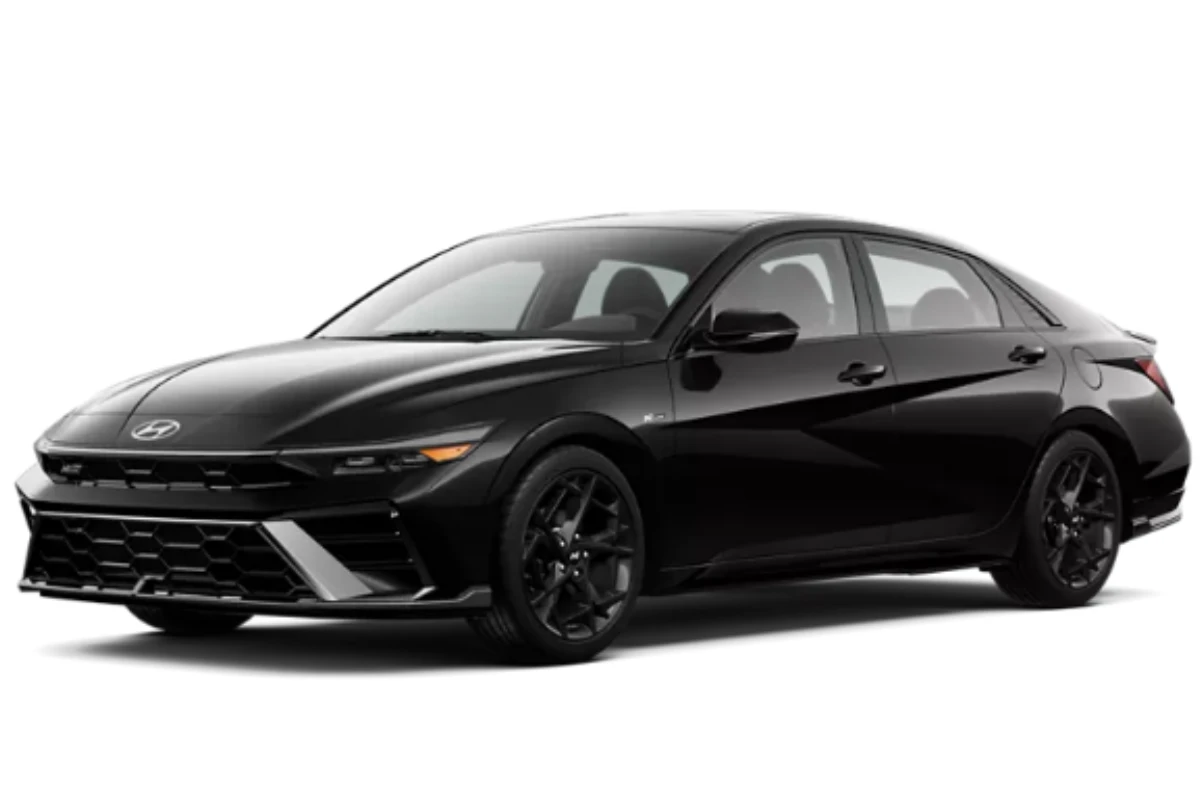

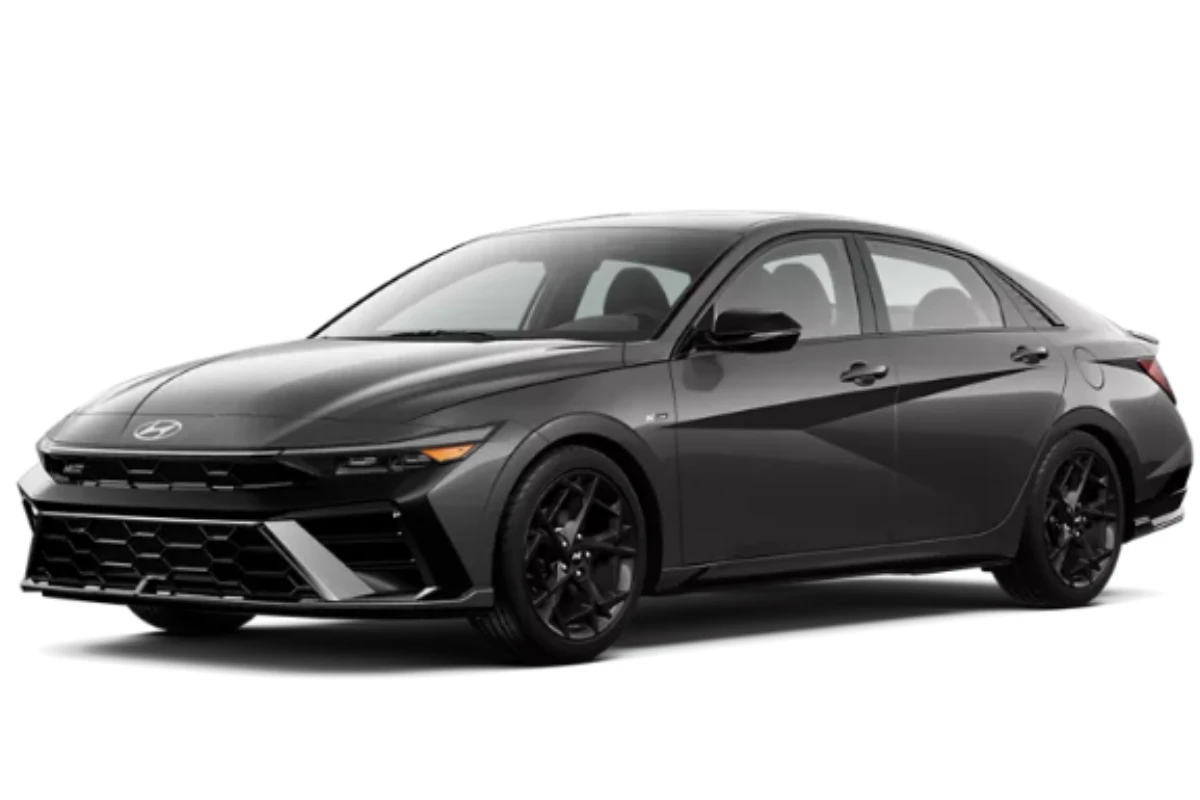
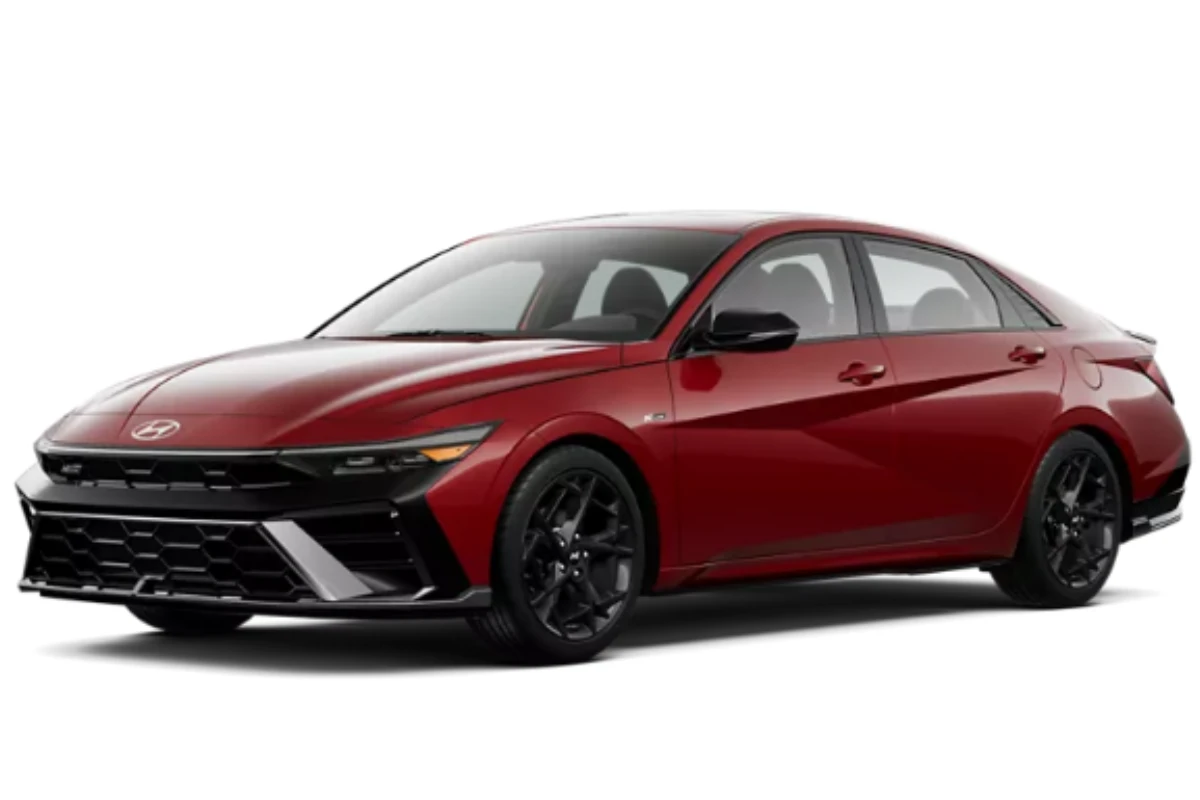
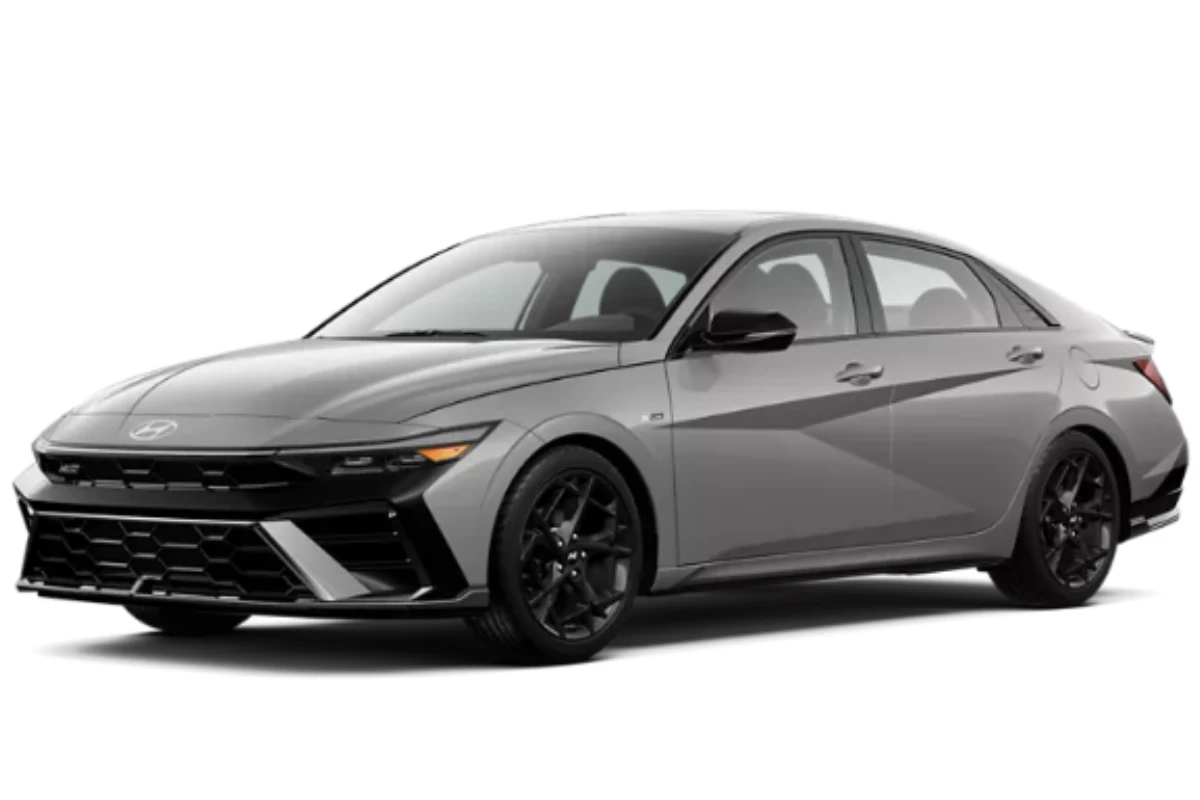
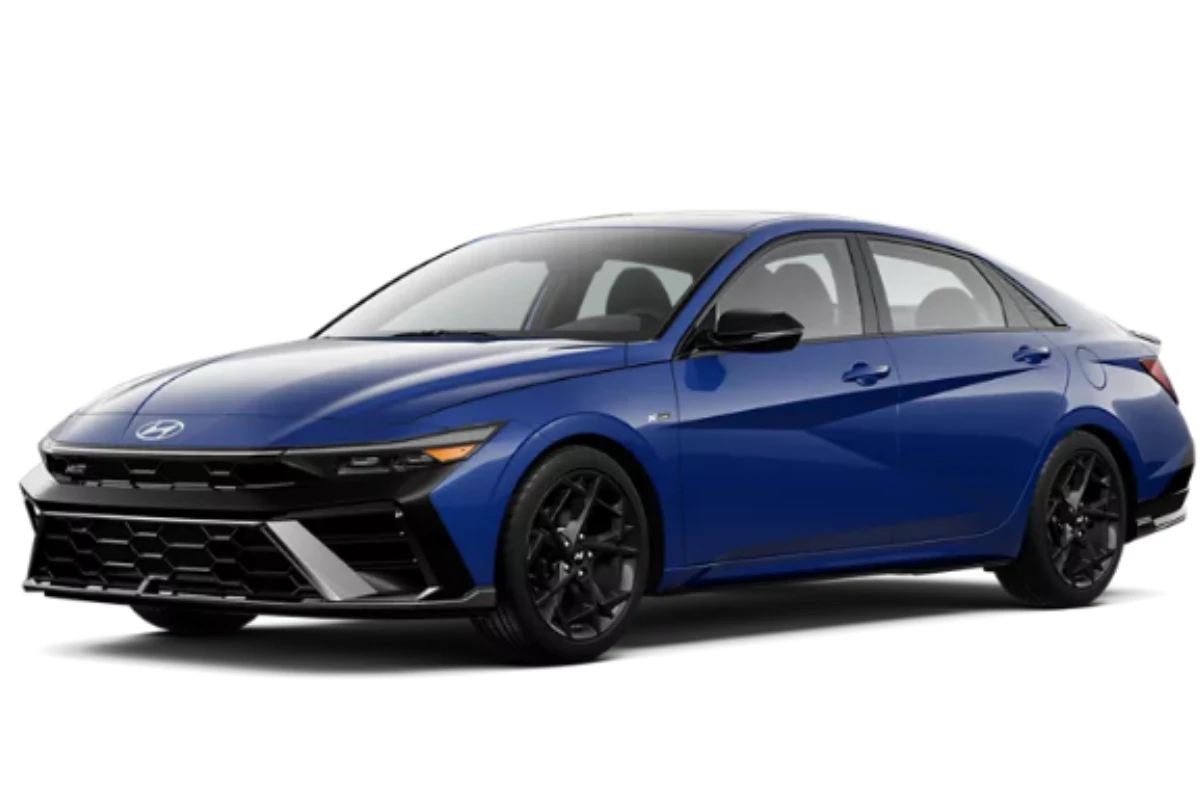
Exterior Dimensions
| Dimension | Elantra SE IVT | Elantra SEL Sport IVT | Elantra SEL Convenience IVT | Elantra Limited IVT | Elantra N Line DCT |
|---|---|---|---|---|---|
| Base Price | $23,320 | $24,445 | $27,020 | $27,970 | $30,170 |
| Wheelbase | 107.1 in | 107.1 in | 107.1 in | 107.1 in | 107.1 in |
| Overall Length | 184.1 in | 184.1 in | 184.1 in | 184.1 in | 184.1 in |
| Overall Width (without mirrors) | 71.9 in | 71.9 in | 71.9 in | 71.9 in | 71.9 in |
| Overall Height | 55.7 in | 55.7 in | 55.7 in | 55.7 in | 55.7 in |
| Front Track Width | 62.7 in | 62.4 in | 62.4 in | 62.2 in | 61.7 in |
| Rear Track Width | 63.1 in | 62.8 in | 62.8 in | 62.7 in | 62.2 in |
| Ground Clearance | 5.3 in | 5.3 in | 5.3 in | 5.3 in | 5.5 in |
Interior Dimensions
| Dimension | Elantra SE IVT | Elantra SEL Sport IVT | Elantra SEL Convenience IVT | Elantra Limited IVT | Elantra N Line DCT |
|---|---|---|---|---|---|
| Passenger Capacity | 5 | 5 | 5 | 5 | 5 |
| Total Passenger Volume | 99.4 cu ft | 99.4 cu ft | 99.4 cu ft | 99.4 cu ft | 99.4 cu ft |
| Front Head Room | 40.6 in | 40.6 in | 40.6 in | 38.7 in | 38.7 in |
| Front Leg Room | 42.3 in | 42.3 in | 42.3 in | 42.3 in | 42.3 in |
| Front Shoulder Room | 56.5 in | 56.5 in | 56.5 in | 56.5 in | 56.5 in |
| Front Hip Room | 53.4 in | 53.4 in | 53.4 in | 53.4 in | 53.4 in |
| Second Row Head Room | 37.3 in | 37.3 in | 37.3 in | 37.3 in | 37.3 in |
| Second Row Leg Room | 38.0 in | 38.0 in | 38.0 in | 38.0 in | 38.0 in |
| Second Row Shoulder Room | 55.6 in | 55.6 in | 55.6 in | 55.6 in | 55.6 in |
| Second Row Hip Room | 50.5 in | 50.5 in | 50.5 in | 50.5 in | 50.5 in |
Cargo Dimensions
| Dimension | Elantra SE IVT | Elantra SEL Sport IVT | Elantra SEL Convenience IVT | Elantra Limited IVT | Elantra N Line DCT |
|---|---|---|---|---|---|
| Trunk Space | 14.2 cu ft | 14.2 cu ft | 14.2 cu ft | 14.2 cu ft | 14.2 cu ft |
Weight & Capacity
| Dimension | Elantra SE IVT | Elantra SEL Sport IVT | Elantra SEL Convenience IVT | Elantra Limited IVT | Elantra N Line DCT |
|---|---|---|---|---|---|
| Base Curb Weight | 2,868 lbs | 2,868 lbs | 2,868 lbs | 2,868 lbs | 3,020 lbs |
| Fuel Tank Capacity | 14.0 gal | 14.0 gal | 14.0 gal | 14.0 gal | 14.0 gal |
Wheels & Tires
| Dimension | Elantra SE IVT | Elantra SEL Sport IVT | Elantra SEL Convenience IVT | Elantra Limited IVT | Elantra N Line DCT |
|---|---|---|---|---|---|
| Front Wheel Size | 15 x 6.0J Aluminum | 17 x 7.0J Aluminum | 17 x 7.0J Aluminum | 17 x 7.0J Aluminum | 18 x 7.5J Aluminum |
| Rear Wheel Size | 15 x 6.0J Aluminum | 17 x 7.0J Aluminum | 17 x 7.0J Aluminum | 17 x 7.0J Aluminum | 18 x 7.5J Aluminum |
| Front Tire Size | P195/65HR15 | P225/45WR17 | P225/45WR17 | P225/45WR17 | P235/40WR18 |
| Rear Tire Size | P195/65HR15 | P225/45WR17 | P225/45WR17 | P225/45WR17 | P235/40WR18 |
| Spare Tire | Compact | Compact | Compact | Compact | Tire Mobility Kit |
| Spare Wheel Material | Steel | Steel | Steel | Steel | Not Applicable |
Turning & Maneuverability
| Dimension | Elantra SE IVT | Elantra SEL Sport IVT | Elantra SEL Convenience IVT | Elantra Limited IVT | Elantra N Line DCT |
|---|---|---|---|---|---|
| Turning Diameter (curb to curb) | 35.4 ft | 35.4 ft | 35.4 ft | 35.4 ft | 35.4 ft |
2025 Hyundai Elantra Overview:
The 2025 Hyundai Elantra is making its debut as a refreshed model after a facelift in 2024, and it’s ready to take on heavyweights like the Honda Civic, Toyota Corolla, and Nissan Sentra in the compact sedan space. What really sets the Elantra apart in this crowded field? Well, it’s a mix of eye-catching design, a variety of engine options, and a bunch of impressive standard features that really hit home for buyers who are looking for good value.
So, when you put Elantra next to its main competitors, it has quite a few advantages. Take the Civic, for example—it’s all about sporty handling. In contrast, the Elantra leans more towards comfort and tech features. The Corolla? Sure, it’s reliable, but the Elantra counters that with an even better warranty package and more standard features across the board. And compared to the Sentra, the Elantra shines with more engine choices, including hybrids and performance models that Nissan just doesn’t offer.
Hyundai has done a great job positioning the Elantra in the market, offering features you’d expect in pricier cars while keeping the prices competitive. For 2025, they’ve revamped the trim lineup, bringing in the new SEL Sport trim and making the old Convenience package a standalone option. This makes things a little clearer for buyers at different price points.
Among compact sedans, the Elantra stands out with its diverse powertrain lineup. You’ve got everything from a fuel-efficient base engine to the sporty N variant, plus a highly efficient hybrid option. That means it’s catering to a wider range of preferences than a lot of its rivals.
One area where the Elantra is its warranty coverage. It offers what’s considered America’s best warranty—5 years or 60,000 miles of basic coverage, and an impressive 10 years or 100,000 miles on the powertrain. On top of that, there are 3 years or 36,000 miles of free maintenance, which is unique in this segment and adds real value to owning one.
Now, as for the 2025 model year, there are some changes in what features are available across the trims. For instance, higher trims like the Limited are losing some features, like parking sensors. But don’t worry—Hyundai has balanced this out with new additions and some redistribution of features, so the Elantra still holds onto its strong value proposition.
Engine Options and Performance Specs:
The 2025 Elantra has a lot to offer when it comes to powertrains, right? There are four different setups, each one catering to various driving styles and efficiency needs. Starting with the base engine, you get a 2.0-liter naturally aspirated four-cylinder that cranks out 147 horsepower at 6,200 rpm and 132 lb-ft of torque at 4,500 rpm. This engine can be found in the SE, SEL Sport, SEL Convenience, and Limited trims and is paired with Hyundai’s intelligent variable transmission (IVT)—that’s their take on a CVT, by the way.
Now, this base powertrain is decent for everyday driving. It can go from 0 to 60 mph in about 8.1 seconds. Not exactly thrilling, but hey, it runs smoothly and boasts solid fuel efficiency, hitting around 32 mpg in the city and 41 mpg on the highway. Oh, and the IVT? It’s worth a shout-out for how refined it feels, avoiding that annoying drone that you often get with other CVTs.
If you’re looking for something a bit greener, you might want to check out the hybrid powertrain. It’s available in Blue, SEL Sport hybrid, and Limited hybrid trims, mixing a 1.6-liter four-cylinder engine with an electric motor. Together, they deliver a total of 139 horsepower and a nice 195 lb-ft of torque. What sets the Elantra hybrid apart from many of its competitors is that it uses a six-speed dual-clutch transmission instead of a CVT, which makes for a more engaging drive.
Speaking of performance, the hybrid does well, too—0-60 mph takes about 8.4 seconds. Sure, it’s just a tad slower than the base engine in a straight line, but that extra torque makes it feel peppier for daily commutes. And, wow, the fuel economy is impressive, especially in the Blue hybrid trim—up to 51 mpg in the city and 58 mpg on the highway!
If you’re after something sportier, the N Line trim steps it up with a 1.6-liter turbocharged four-cylinder engine, pushing out 201 horsepower and 195 lb-ft of torque. This one’s paired with a seven-speed dual-clutch transmission, and you’ll notice improved acceleration and a more engaging driving experience, while still managing a respectable 28 mpg city and 35 mpg highway.
At the top of the line, we have the Elantra N, which shows off what Hyundai can do when it comes to performance. It packs a 2.0-liter turbocharged engine that delivers a whopping 276 horsepower and 289 lb-ft of torque. You can choose between a six-speed manual or an eight-speed dual-clutch transmission, transforming this practical sedan into a genuine performance car, complete with an over-boost function that adds an extra 10 horsepower, even if just for a moment.
Every powertrain option has been tailored for its specific purpose. The base engine is all about smooth, quiet driving and good fuel economy, while the hybrid adds that extra responsiveness. The N Line and N variants ramp up the performance while still being easy to drive daily.
About the transmissions—they’re also well thought out. The IVT in the base models keeps things smooth and efficient, while the dual-clutch setups in the hybrid and performance models give you that engaging experience with quick shifts and better responsiveness. And for those who love to be hands-on, the manual transmission in the Elantra N is perfect for driving enthusiasts who want full control over gear changes.
Closer Look at the Hyundai Elantra Brakes:
The 2025 Elantra’s braking system varies by trim level, with each configuration tailored to match the vehicle’s performance capabilities and intended use. The standard setup on most trims features 11.0-inch ventilated front disc brakes and 10.3-inch solid rear discs, providing confident stopping power for daily driving situations.
When we tested it, the standard Elantra stopped from 60 to 0 mph in just 175 feet. That’s not too shabby! It actually stacks up nicely against a lot of its competitors—some might even say it outperforms them. The feel of the brakes? Well, it’s firm and progressive, which helps you feel in control, especially if you ever need to slam on the brakes.
If you step up to the N Line trim, you get a nice upgrade: 12.0-inch ventilated front discs. This change boosts thermal capacity and helps resist fading when you’re really pushing the car. And, with the sport-tuned suspension and bigger wheels, you get a more reliable braking performance when you’re feeling a bit more spirited on the road.
Then there’s the Elantra N, which takes it up a notch with a significant overhaul—14.2-inch ventilated front rotors and 12.4-inch rear rotors. Paired with performance brake pads and better cooling, this setup delivers some serious stopping power. It’s definitely built to handle the performance that the N is all about.
Across the board, no matter which trim you choose, the brake pedal feel is nicely calibrated. You get a solid initial bite and a steady response when you press down. This setup makes the brakes effective not just in emergency situations but also easy to manage during your regular drives. Oh, and the hybrid versions? They’ve got a regenerative braking system that feels natural—no weird, grabby sensations that some hybrids have.
The whole braking system gets a boost from a few electronic features, like four-channel ABS, Electronic Brake-force Distribution (EBD), and Brake Assist. These all work together smoothly, ensuring you have stable braking, whether you’re dealing with panic stops or tricky weather.
For everyday driving, the standard braking system is more than enough. It’s got that good initial bite and a progressive feel. But if you’re looking for something with a bit more oomph, the N Line and N models step it up while still being user-friendly for day-to-day use.
And even when it’s wet out, the brakes don’t lose their effectiveness. You still get good stability and stopping power. Plus, the electronic stability control system pairs well with the brakes, helping you keep control during those unexpected moments, without being too pushy when you’re just driving normally.
Steering and Suspension Performance on Various Terrains:
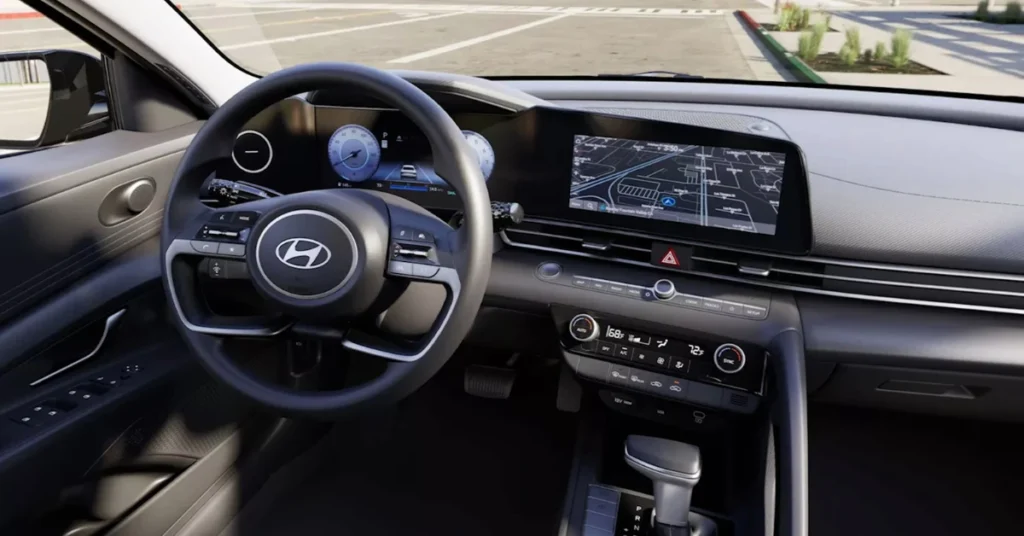
The 2025 Elantra has put a lot of thought into its steering and suspension systems to strike a nice balance between comfort and control. Different trim levels offer variations, letting drivers pick what suits their style best. For the base model, it uses a MacPherson strut front suspension and couples that with a torsion beam axle in the rear—standard stuff for this kind of car. But hey, it does a solid job of providing a comfy ride and predictable handling, so no complaints there.
When it comes to steering feel, you’ll notice a difference depending on which drive mode you choose. In Normal mode, it’s light, which makes it great for parking or cruising around town. Switch it to Sport mode, and the steering gets a bit heavier, but honestly, the feedback isn’t quite as lively as you might find in sportier cars like the Honda Civic or Mazda3. That said, the quick ratio in the steering means the car responds well to your inputs while still feeling stable when you’re going straight.
The standard suspension is all about comfort. It manages to soak up bumps in the road without losing control over the body. You’ll find that it provides a smooth ride no matter what surface you’re on, especially with the 17-inch wheels on the SEL Sport, SEL Convenience, and Limited trims. Those wheels hit a nice sweet spot between comfort and handling.
If you’re looking at the N Line model, you’ll get a few upgrades to the suspension. It swaps out that torsion beam for a multi-link independent rear setup. This means better wheel control and improved handling that still keeps a decent level of ride comfort. Plus, the steering has been tweaked for a snappier response and better feedback.
Now, if you go all out and opt for the Elantra N, you’re in for the most advanced suspension setup. It features electronically controlled dampers that can adapt to various driving conditions and what you as a driver prefer. And the steering? It’s been enhanced with extra programming modes and better feedback, making for a way more engaging driving experience that plays into the car’s performance capabilities.
Overall, the ride quality across the range is impressive. The standard suspension does a great job of keeping passengers comfortable while also maintaining stability. The 15-inch wheels on the base SE model give the softest ride, while the 17- and 18-inch options on the higher trims add a bit of firmness but still keep things comfy.
The way the suspension is designed helps reduce body roll when you’re cornering, but it still keeps things comfortable when you’re just cruising. This balance is especially nice in the SEL Sport and Limited trims, where you can enjoy handling that feels engaging without giving up daily driving comfort.
As for the electric power steering, the different drive modes let you customize the steering weight to what feels good for you. Some folks might think the feedback feels a bit artificial when compared to the top contenders in the class. Still, the accuracy and predictability of the system make it easy to place the Elantra just where you want it on the road.
Tires and Traction:
The 2025 Elantra has a decent selection of tire and wheel combinations across its different trims, all tailored to what the vehicle is meant for and how well it performs. Starting with the base SE trim, you’ll find 15-inch alloy wheels fitted with 195/65R15 all-season tires. These are all about comfort and fuel efficiency but still hold up well enough for your everyday driving needs.
When you step up to the SEL Sport, SEL Convenience, and Limited trims, you get into 17-inch alloy wheels paired with 225/45R17 tires. We’ve tested these Kumho Majesty Solus all-season tires, and honestly, they strike a nice balance between comfort, handling, and noise levels. The wider contact patch along with a lower profile helps with handling while keeping the ride quality decent.
If we look at the hybrid versions, they have similar tire sizes. The Blue hybrid rolls on 16-inch wheels, while the SEL Sport hybrid and Limited hybrid both move up to 17-inch wheels. The Hankook Kinergy GT tires are chosen for their low rolling resistance, which is a big plus for the hybrid’s fuel economy.
For those who want a sportier feel, the N Line features 18-inch alloy wheels with 235/40R18 tires that ramp up the grip and handling response. The bigger wheels and wider tires make cornering a lot better, but you still get a comfortable ride for daily journeys.
At the top of the line, the Elantra N has the most intense tire setup, boasting 19×8-inch forged alloy wheels fitted with Michelin Pilot Sport 4S tires. These are all about performance, giving fantastic grip and handling, but keep in mind they do wear out quicker and can be noisier than standard all-season tires.
Speaking of noise, levels can vary quite a bit. The 15-inch setup is the quietest and most comfortable, while the 17-inch wheels find a nice middle ground between noise and performance. But those 18- and 19-inch setups on the N Line and N models? Yeah, they do generate more road noise in exchange for better handling.
Weather performance is generally solid with all the tire options available, even the sporty ones provide decent traction in wet conditions. Most models come with all-season tires that should work well throughout the year, but if you live in an area with harsh winters, you might want to think about getting dedicated winter tires.
The tire pressure monitoring system—it’s standard on all trims. This handy feature gives you real-time info about your tire pressure right on the instrument cluster display, helping you keep things safe and fuel-efficient.
Inside the Hyundai Elantra:
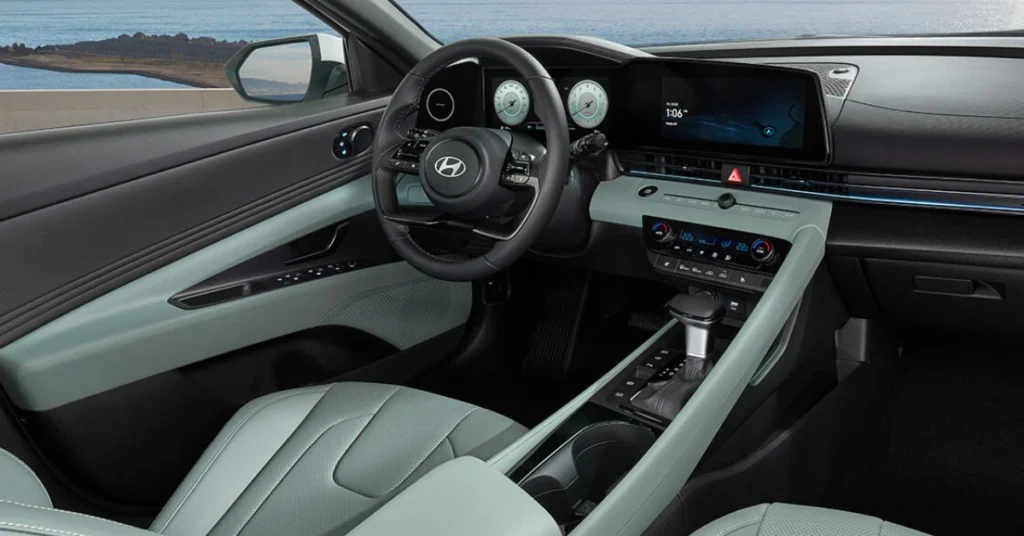

The 2025 Elantra’s interior keeps up that bold vibe we’ve seen in the current generation. It’s all about the driver here—think of a cockpit that wraps around you with a unique dashboard. It’s got this cocoon-like feel for the driver, but somehow it still manages to feel open and airy for the front passenger. That asymmetric design plays a big role in that.
The dashboard incorporates a striking design feature in the form of a single LED strip that follows the dashboard-spanning air vent across the width of the car. This detail, available on models equipped with the 10.3-inch infotainment system, adds a premium touch and can be customized through selectable ambient lighting colors on higher trim levels.
When it comes to materials, there’s a bit of a mix depending on which trim you pick. The base SE has solid, durable materials, but they’re pretty basic. If you step up to the SEL Sport, you get a leather-wrapped steering wheel, dark chrome highlights, and nicer door panel materials. And then there’s the Limited trim, which takes things up a notch with leatherette upholstery that does a good job of mimicking real leather.
The center console is interesting too; it has this barrier-like feature separating the driver and passenger areas. Sure, it might interfere with some tasks, but it does offer the front passenger an extra grab handle. This kind of design helps the Elantra stand out from the usual compact sedans out there.
You can tell a lot of thought went into the dashboard materials and assembly. There are still some harder plastics, especially in the lower trims, but Hyundai has cleverly placed soft-touch materials in spots you touch often. Those textured surfaces help disguise the harder parts too.
If you go for the higher trims, you’ll notice extra premium features—like a black headliner in the SEL Sport and some nice ambient lighting in the Limited. The Limited trim also gets fancier door panel materials and more soft-touch surfaces throughout the cabin, making it feel more upscale.
When it comes to the instrument panel, it varies by trim. The base models have the classic analog gauges with a small 4.2-inch display. But if you go for one of the higher trims, you’ll get a fully digital 10.3-inch instrument cluster that’s easy to see. Plus, you can customize it with different themes depending on the driving mode.
The interior color schemes are thoughtfully curated, with the Limited hybrid offering three distinct choices: black, light gray, and sage. Each color scheme creates a different atmosphere within the cabin, allowing buyers to personalize their experience.
Exterior Design Impressions:
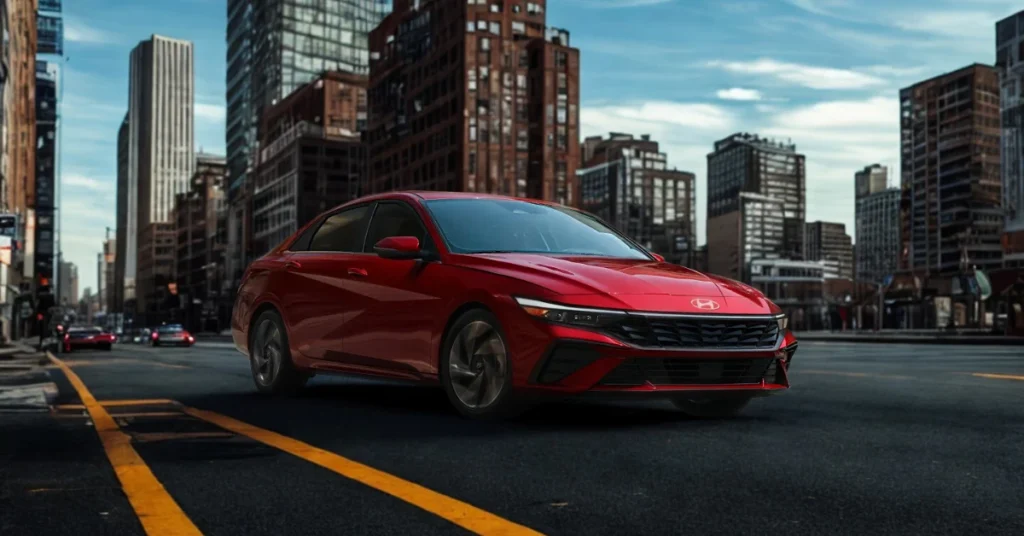
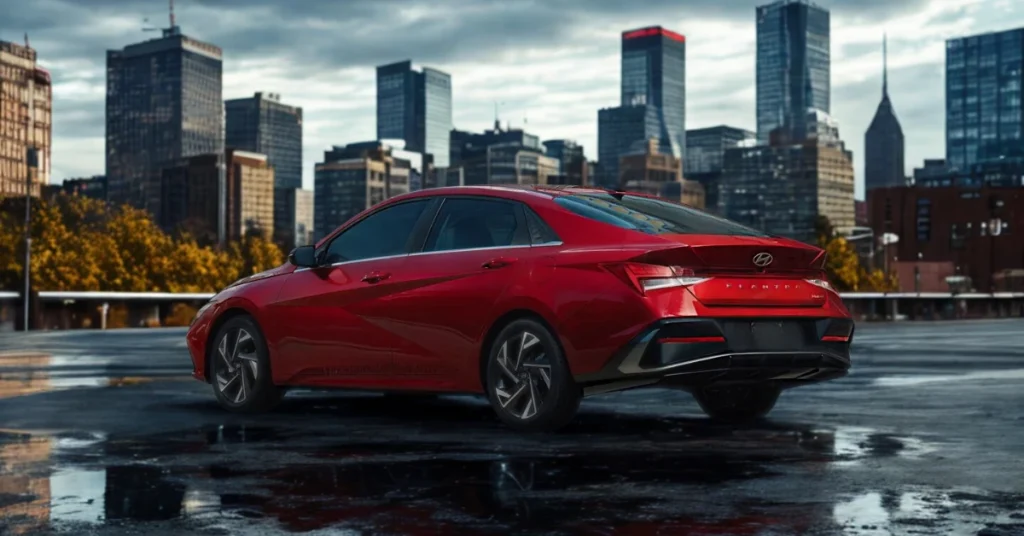
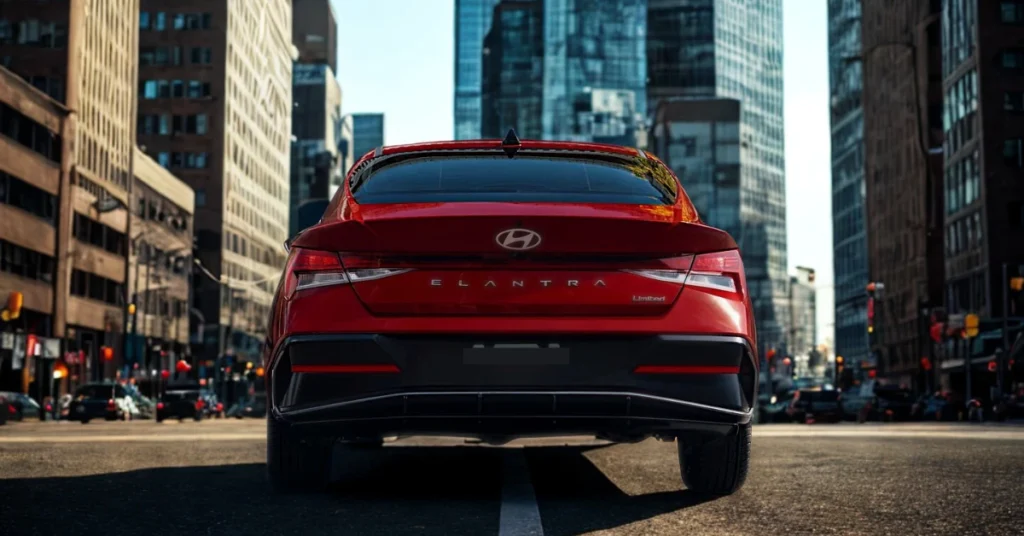
The 2025 Elantra is keeping that bold look it got from the 2024 facelift, and it’s got some standout styling that makes it really pop in the crowded compact sedan market. Up front, you’ll see Hyundai’s latest design flair, featuring full LED lighting across all trims. That means LED projector headlights, daytime running lights, and even optional LED turn signals.
Now, if you take a look at the side, one of the Elantra’s coolest features shines through—the parametric-jewel pattern on the bodysides. It creates these dramatic light and shadow plays that are just eye-catching. Plus, those Z-shaped character lines? They give the car an impression of movement, even when it’s parked. And the roofline? It’s got this fastback vibe that just flows right into the trunk lid.
When it comes to wheels, there’s a lot of variety depending on the trim. You start with 15-inch alloys on the SE, move up to 17-inch wheels on the mid-level trims, and then hit 18-inch wheels on the N Line. Each trim has its own distinct wheel style, and the SEL Sport gets a special gunmetal finish that really amps up its sporty appeal.
For 2025, there are some trim-specific details to look out for. The SEL Sport trim sports gloss black mirrors and a black trunk lid spoiler that it borrows from the N Line—pretty slick, huh? The Limited trim, on the other hand, adds some extra chrome bits and has LED turn signals in the side mirrors for a bit of flair.
At the back, the bold theme continues with those eye-catching LED taillights that make quite a statement at night. The trunk lid has an integrated spoiler that varies by trim; the SEL Sport and N Line have a beefier black spoiler that definitely gives off a sportier look.
Different trim levels receive specific exterior treatments that help differentiate them visually. The N Line features unique front and rear fascias, while the Limited trim includes premium touches like dark chrome exterior accents and additional LED lighting elements.
As for colors, the 2025 lineup is still extensive, but there have been a few tweaks. The exotic green that was just for the N Line? Yeah, that one’s gone now. But you can still pick from options like Intense Blue, Serenity White Pearl, and Ultimate Red, although some colors might cost you a little extra.
Overall, the fit and finish of the body panels show that attention to detail is key across all trims. You’ll find consistent panel gaps and well-aligned features, plus the paint quality is impressive. Especially on premium colors like Serenity White Pearl—it really shines and has these gorgeous metallic effects when the sunlight hits it just right!
Comfort and Convenience Features
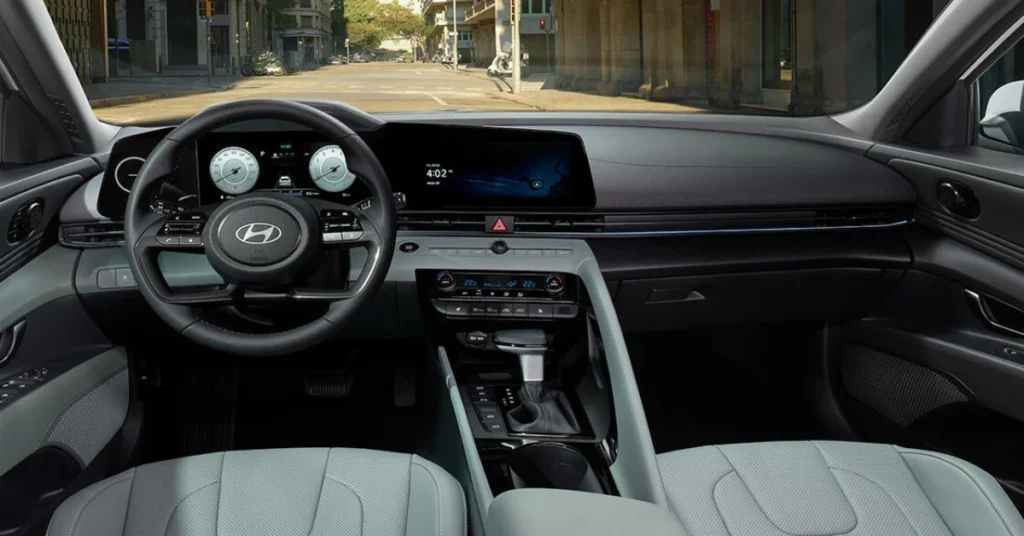

The 2025 Elantra shines when it comes to comfort and convenience features across its various trims. Each level brings more perks than the last. Let’s start with the base SE trim—it offers the essentials like cloth seating, a six-way manually adjustable driver’s seat, and basic air conditioning that even includes rear seat heat ducts.
Now, if you decide to bump it up to the SEL Sport, you’re in for some nice upgrades. Here, you’ll find dual-zone automatic climate control, a leather-wrapped steering wheel, and better seat fabric. But, you might be surprised to learn that heated front seats—something you’d think would come standard at this price—aren’t available until you reach the SEL Convenience trim.
Ah, the SEL Convenience trim! This one hits the sweet spot for comfort features. It adds heated front seats, a power sunroof, and even heated exterior mirrors. This makes it a great pick for anyone living in chillier areas who want that extra comfort without having to splurge on the Limited trim.
Speaking of the Limited trim, it takes comfort to the next level. We’re talking leather-appointed seating surfaces, a power-adjustable driver’s seat with lumbar support, and ventilated front seats—something you won’t find in the other trims. Plus, there are memory settings for the driver’s seat, so you can easily get back to your preferred driving position. Nice, right?
When it comes to noise, vibration, and harshness (NVH) control, the Elantra does a solid job across the board. On the highway, the cabin stays relatively quiet, although you might catch some wind noise around the A-pillars. Interestingly, the hybrid versions tend to be a tad quieter in the city, thanks to their ability to run on electric power alone.
Storage? They’ve got that covered too. All trims feature a decent-sized center console storage bin, good door pockets, and a roomy glove compartment. If you go for the higher trims, you’ll even find a wireless charging pad in the front console area—though just a heads up, that does eat into some of the small item storage space.
As for front-seat comfort, it’s generally good across the lineup. You’ll get enough support for those longer drives. The Limited trim’s power-adjustable driver’s seat with lumbar support offers the best flexibility, while the other trims still manage decent adjustability via manual controls.
The dual-zone automatic climate control system, standard on SEL Sport and above, works efficiently and quietly. The system’s controls are logically arranged and easy to use, with both physical buttons and touchscreen integration available depending on trim level.
The 2025 Elantra brings a lot to the table when it comes to tech features, and it’s pretty cool how these options change depending on the trim level you pick. For instance, the basic infotainment system in the SE and SEL Sport trims comes with this 8-inch touchscreen, which, by the way, has wireless Apple CarPlay and Android Auto. That’s neat, especially since you can’t get that with the bigger screen option!
If you step up to the SEL Convenience trim and beyond, you’re looking at a fancier 10.3-inch touchscreen paired with a 10.3-inch digital instrument cluster. This dual-screen setup? It definitely gives off a premium vibe, though you do need to plug in your phone to use it fully. It’s got built-in navigation, voice recognition, and connects to Hyundai’s Blue Link services, which is a nice touch.
Speaking of Blue Link, if you go for the higher trims, you get some pretty sweet remote features through their smartphone app. We mean, you can start your car and set the climate control from your phone, lock or unlock the doors, check the vehicle’s status, plus get maintenance reminders. And bonus: it’s free for the first few years, so that’s a solid perk for new owners.
When it comes to audio, you’ve got options! The standard six-speaker setup sounds good, but if you’re an audiophile, you might want to check out the eight-speaker Bose premium audio system available in the Limited trim. It really ups the game with better clarity and bass, making the music sound fantastic.
Ambient lighting, available on models equipped with the 10.3-inch infotainment system, adds a premium touch to the interior. The system allows users to select from various colors, with the lighting integrated into the dashboard design through a distinctive LED strip that spans the width of the cabin.
Then there’s the digital instrument cluster on the higher trims, which offers a ton of customization. Depending on your driving mode, you can switch themes. For example, in Sport mode, the display takes on a carbon fiber look with red accents. Meanwhile, the normal and smart modes keep things simpler with white and silver graphics.
Now, if you’re considering the Limited trim, you’ll find the Highway Driving Assist feature, which combines adaptive cruise control with lane-keeping capabilities. People seem to like it, saying it handles curves nicely. Just keep in mind, that it’s a Level 2 driver assist system, which means you still need to pay attention.
Lastly, there’s a wireless charging pad for the higher trims—but, just a heads up, its position might take up some of your small storage space. Still, it does come with a cooling feature to keep your phone from overheating while charging, which is thoughtful and helps maintain those charging speeds.
Safety and Security:
You know, safety starts with how the car is built. The structure is designed to handle impacts well and keep the cabin intact in different types of crashes. When it comes to driver assistance, you’ll find Forward Collision-Avoidance Assist with Pedestrian Detection. This nifty system uses radar and cameras to keep an eye on the road ahead and can even hit the brakes for you if it spots a potential crash. People have given it a thumbs up in real-world tests, but hey, it’s important to remember that it’s still a backup. You’re the driver, after all!
Also standard on all trims are Lane Keeping Assist and Lane Following Assist. These features are pretty advanced, especially when it comes to navigating curves and staying in the lane. They’ve been recognized as some of the best out there, working smoothly without being too pushy.
Across the board, there’s Blind-Spot Collision-Avoidance Assist with Rear Cross-Traffic Alert, which is super helpful for changing lanes and backing out of parking spots. It gives you both visual and sound alerts, and can even help steer the car if needed.
Now, the Limited trim used to have even more features like parking sensors and a surround-view monitor, but for 2025, some of those have been taken away. Still, you get cool stuff like Highway Driving Assist, which mixes adaptive cruise control with better lane-following abilities.
Advanced lighting features include LED headlights across all trim levels, with automatic high beam assist standard. The Limited trim adds LED turn signals in the side mirrors and enhanced LED taillights, improving visibility to other drivers in various conditions.
On the security side, there’s an immobilizer system and an alarm with remote keyless entry, standard on all trims. If you opt for higher trims, you also get Hyundai’s Digital Key feature, which lets you unlock your car with your smartphone and even share keys with other people.
For those who choose the higher trims, there’s also Blue Link connected car services. This adds extra security features like help with recovering a stolen vehicle, automatic notifications if there’s a collision, and the ability to lock or unlock your doors remotely. Super handy, especially when you need emergency help or need to track your car’s location!
On the Road with the Hyundai Elantra:
When it comes to driving the 2025 Elantra, you’ll notice a big difference depending on which powertrain and trim level you choose. Now, the base 2.0-liter engine? Well, it’s not exactly thrilling, but it runs smoothly and quietly, making it a solid choice for your daily commute. And let’s not forget about the intelligent variable transmission (IVT) – it stands out for its smoothness, steering clear of that rubber-band feel that you often get with many CVTs.
Ride quality? That’s a real highlight across the board. The standard suspension does a great job of soaking up those pesky road bumps while still keeping things under control. So, you get this nice balance of comfort and stability. If you go for the base SE trim with those 15-inch wheels, you’ll enjoy the most cushy ride. But if you opt for the 17- or 18-inch wheels on the higher trims, you might feel a bit more firmness, yet it doesn’t cross into uncomfortable territory.
As for steering, it’s got three different weight settings thanks to the drive mode selector. Though, we gotta say, the feedback doesn’t quite match up with sportier rivals. In Normal mode, it’s light and easy, just right for city driving and squeezing into tight parking spots. Switch to Sport mode, and you’ll feel that extra weight in the steering. The quick steering ratio? That helps the car respond nicely to your inputs while keeping it steady on straight paths.
Noise, vibration, and harshness (NVH) control is generally well managed, particularly in the hybrid models. Wind noise is well controlled up to highway speeds, though some road noise does make its way into the cabin, particularly on models with larger wheels. The hybrid powertrain’s ability to operate in electric-only mode at low speeds contributes to a particularly quiet urban driving experience.
Then there’s the N Line and Elantra N models – they really kick things up a notch with more powerful engines and fancy suspension setups. The N Line strikes a nice balance between performance and comfort, while the Elantra N? That one’s got true sports sedan vibes, without sacrificing too much on everyday usability.
The hybrid powertrain deserves special mention for its unique character. While its 0-60 mph time is slightly slower than the base engine, the immediate torque from the electric motor makes it feel more responsive in daily driving. The six-speed dual-clutch transmission provides more engaging operation than the typical hybrid CVT, though some drivers may need time to adjust to its distinct behavior.
Hyundai Elantra Rear Seat Comfort
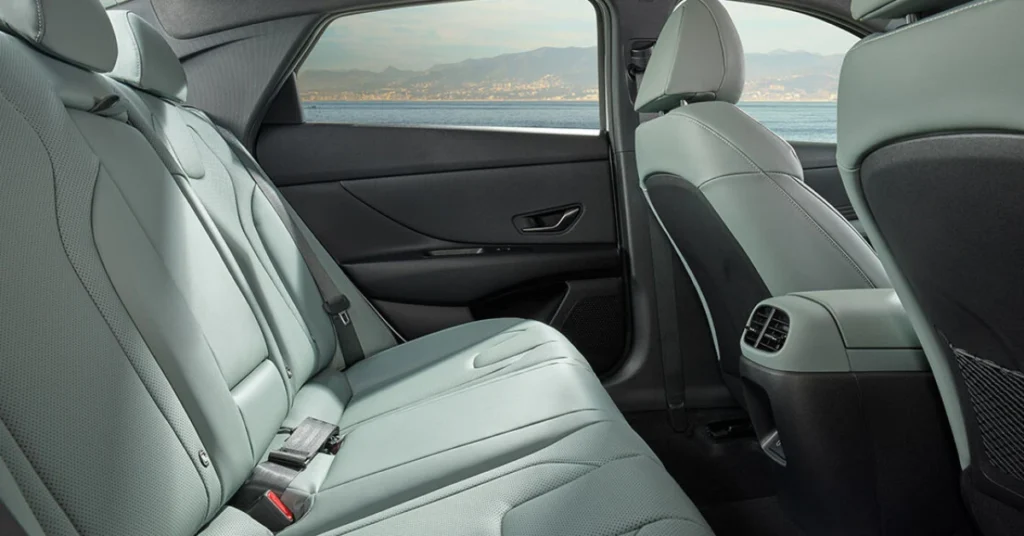
The rear seat area of the Elantra is surprisingly spacious for a compact sedan. Seriously, it has dimensions that stack up quite nicely against some larger cars out there. If you’re tall—like, say, 6’3″—you’ll find that there’s ample legroom when you’re sitting behind a driver who’s about the same size. That’s impressive, right?
Comfort-wise, the rear seats do a solid job. The cushions and backrests are well-designed, offering decent thigh support and a recline angle that feels just right. The outer seats are comfy enough for those longer drives, but, honestly, the middle seat—like in most compact sedans—is probably better for short trips. Just saying!
Now, one thing to note is that all trim levels come with dual USB-C charging ports for folks sitting in the back. That’s a nice touch since it’s not always a given in this class of cars. If you go for the higher trims, you’ll also get a center armrest with cupholders, which is great. But, a bit of a downside—there are no rear air vents at lower trim levels. That’s kind of a common thing in this segment though, so it’s not too surprising.
Thanks to its width, the rear seats can comfortably fit three passengers when needed, offering decent shoulder room. Headroom is good for most people too, although that sloping roofline can make it a tad tricky for taller folks to get in and out.
As for the materials used in the rear seating area, they change depending on the trim level. The higher trims have better door panel materials and more padded armrests, which is nice. If you opt for the Limited trim, you’ll even get leatherette upholstery on the rear seats, giving it a more upscale vibe compared to the cloth found in the lower trims. Overall, it’s a solid setup!
Bootspace and Practicality
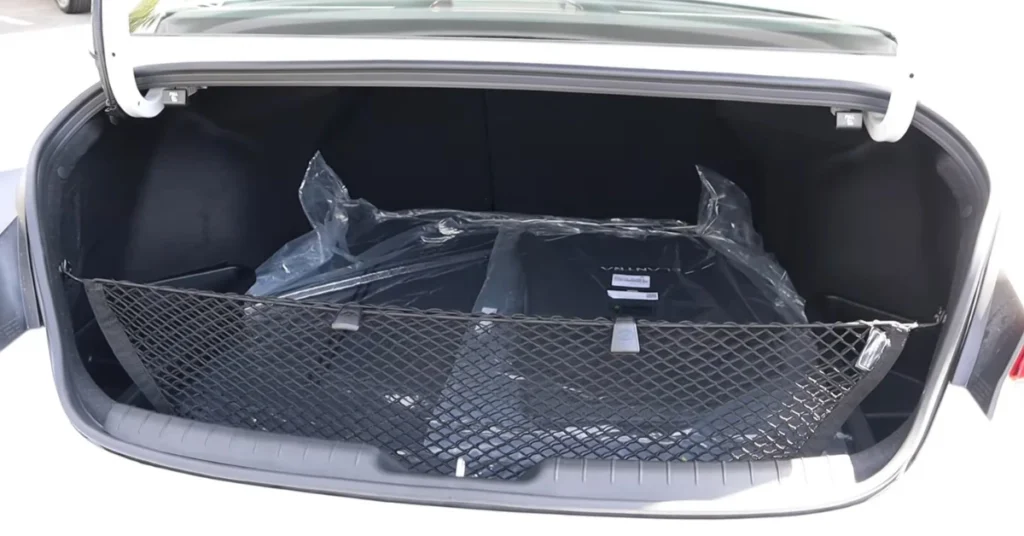
The 2025 Elantra boasts a trunk space of 14.2 cubic feet, which is competitive for compact sedans these days. You’ll find that the trunk’s shape and wide opening make loading up larger items a breeze. In fact, tests show it can fit up to six carry-on suitcases without any hassle.
Getting into the trunk is made super easy, especially on the higher trim levels, thanks to a standard hands-free smart trunk release. Just stand behind the car with your key fob, and voilà, it opens up! However, watch out—the hinges on the trunk lid aren’t fully covered, so if you throw something in the corners, you might risk crushing it.
Now, about those rear seats—they come with different folding options, depending on which trim you choose. For instance, the Limited trim has a 60/40 split-folding rear seat along with a pass-through for the center armrest. On the other hand, the lower trims stick with a single-piece folding seatback. This might matter a lot if you often haul longer items but still want to fit people in the back.
Inside the cabin, the storage options are smartly designed. There are decent-sized door pockets, a center console storage bin that’s not too shabby, and a few smaller spaces for your personal stuff. If you go for the higher trims, you even get a wireless charging pad, although that does eat up some of the front console storage areas.
As for the trunk, it has some neat extra features too, like corner bins that are just right for keeping grocery bags from rolling around. Plus, you can get cargo nets as accessories. Underneath the trunk floor, most trim levels come with a tire mobility kit instead of a spare tire, but they’ve designed it so you could fit a temporary spare if that’s what you want.
The Hyundai Elantra Value Proposition: Is It Worth the Price?
The 2025 Elantra stands out when you look at the different trim levels. Each one has its own mix of features and price, making it an attractive option overall. Starting with the base SE trim, which kicks off at $23,025, you’ve got a solid selection of standard perks. We’re talking LED lights, wireless smartphone integration, and a full suite of safety systems—all backed by Hyundai’s top-notch warranty.
If you’re thinking about the SEL Sport trim, that one comes in at $24,150. It brings some nice upgrades, like dual-zone climate control and better materials inside. But you know, it’s a bit surprising that heated seats aren’t included at this price. Then there’s the SEL Convenience trim, priced at $26,725. This one might just hit the sweet spot for many buyers, adding bigger screens, heated seats, and a sunroof that most folks seem to want.
Moving up to the Limited trim, which is tagged at $27,675, it does lose a few features for 2025, like parking sensors, but it still feels luxurious. You get ventilated seats, leather upholstery, and a premium sound system, so it’s not too shabby. And if you’re into hybrids, well, they do cost a bit more, but the fuel savings can help balance out that initial price.
When you look at the total cost of owning an Elantra, it’s hard to ignore the comprehensive warranty. You get 5 years or 60,000 miles of basic coverage, plus a whopping 10 years or 100,000 miles for the powertrain, and even 3 years or 36,000 miles of free maintenance. That kind of coverage cuts down on ownership costs and gives you peace of mind that you just can’t find with many competitors.
So, all in all, the Elantra’s pricing is competitive, and when you throw in those features, warranty, and fuel efficiency—especially with the hybrid—it makes for a great deal in the compact sedan market. Sure, some features are missing for 2025, but the overall package still stands tall and is definitely worth considering if you’re looking for good value.


